Different electronics manufacturers have different strategies to somehow succeed with their solution in a relatively saturated market. Compared to Apple, which focuses primarily on the premium market, Samsung, for example, tries to impress with a wide portfolio in the entire price spectrum. But in addition to this, it comes with a lightweight model of the premium series and does it definitely better than Apple.
Apple is known for putting sales first. The more expensive the device, the bigger its margin. But then there is a series of iPhone SEs, in which they just recycle old technologies, which they improve here and there, typically adding a better chip. But it's still the same phone, just more powerful. Its price is also an order of magnitude lower than that of the current series. It will thus provide an "affordable" solution that is not packed with technology, but can also appeal to those customers who want an iPhone but don't want to spend on a premium solution.
But Samsung does it completely differently. Compared to Apple, its best-selling devices are the lower-end ones. It therefore sells the most smartphones globally, but it does not earn as much on them as Apple does on its iPhones. It also divides its phones into several series, i.e. Galaxy M, Galaxy A or Galaxy S. It is the "A" that is among the best-selling ones, while the "E" represents the best of classic smartphones.
But he also makes lightweight versions of his high-end devices, that is, at least for impact. We saw this with the Galaxy S20 FE and just a year ago when it introduced the Galaxy S21 FE. This is a phone that claims to belong to the premium range, but in the end it lightens its equipment as much as it can, so that it still falls into the top of the portfolio, but at the same time brings customers an interesting price tag.
It could be interest you
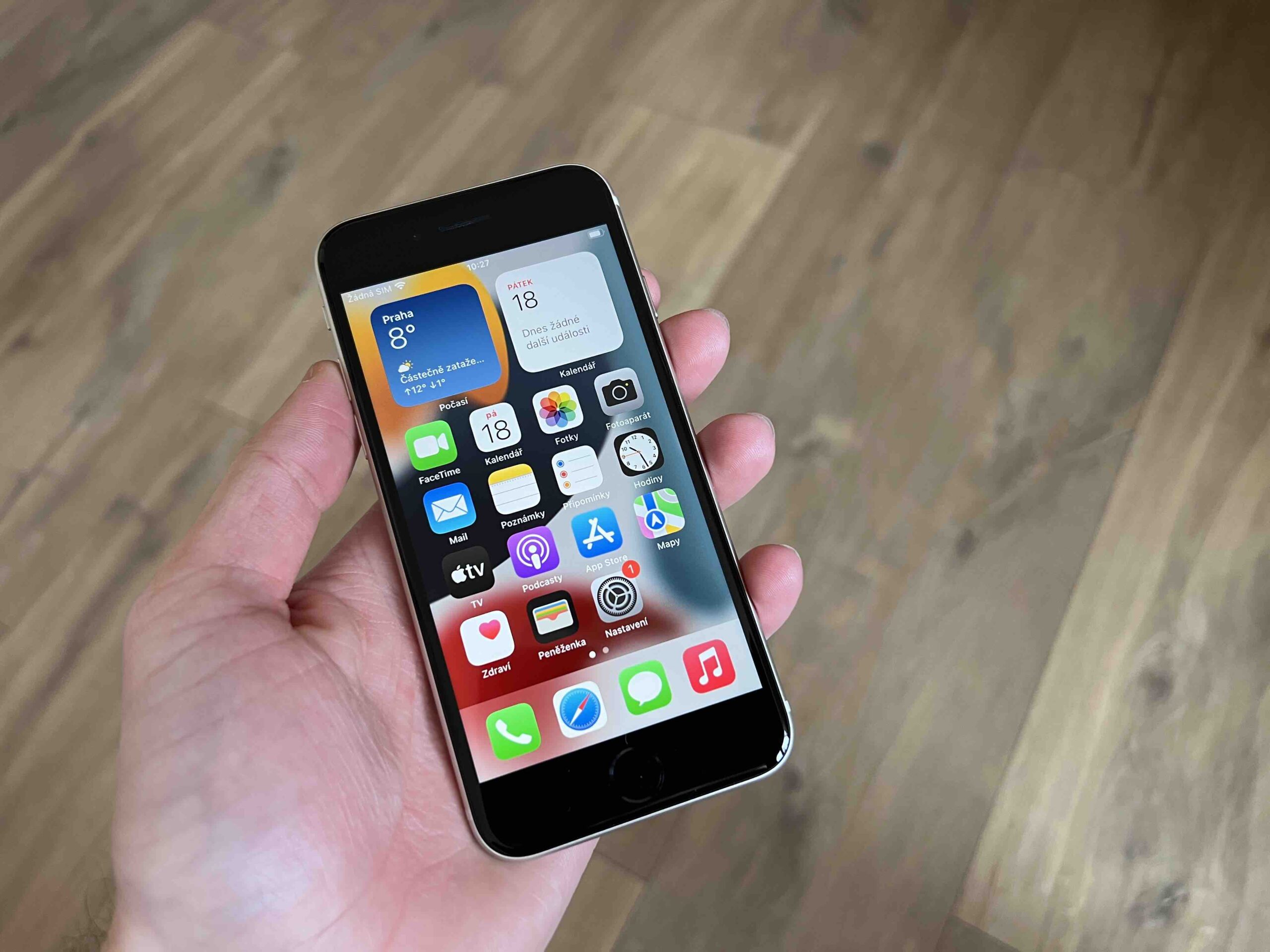
Different display sizes
Savings are made on the materials used, when the glass on the back of the device replaces plastic, savings are made on cameras, when their specifications do not reach the flagship series, savings are made on performance, when the chip used is not among the best available at the time. But in this case, Samsung didn't take an existing phone and somehow cut it down or, on the contrary, didn't improve it. If the Galaxy S21 series included the Galaxy S21 model with a 6,2" display and the Galaxy S21+ with a 6,7" display, the Galaxy S21 FE has a 6,4" display.
It is this recipe that seems to be very effective, which is proven by the sales in which the FE models are doing relatively well. Consider that in the spring, instead of just new iPhone 14 colors, Apple would also introduce the iPhone 14 SE, which would have a screen size between the iPhone 14 and the iPhone 14 Plus. With the iPhone mini, Apple understood that smaller diagonals do not attract customers very much, but even so, it now offers only two variants in the current line - larger and smaller, nothing in between, which is simply a shame.
Time to change strategy?
The iPhone SE certainly sells better than many Samsung and other brands of phones. But if Apple changed its thinking and did not recycle the old concept, which only improves it slightly, but on the contrary came up with a new one, which, on the contrary, lightens the top, it could be completely different. He has the resources and opportunities to do so, but he probably doesn't want to add work. It's a shame, especially for the customer, who doesn't have much of a choice in terms of which model to actually go for.
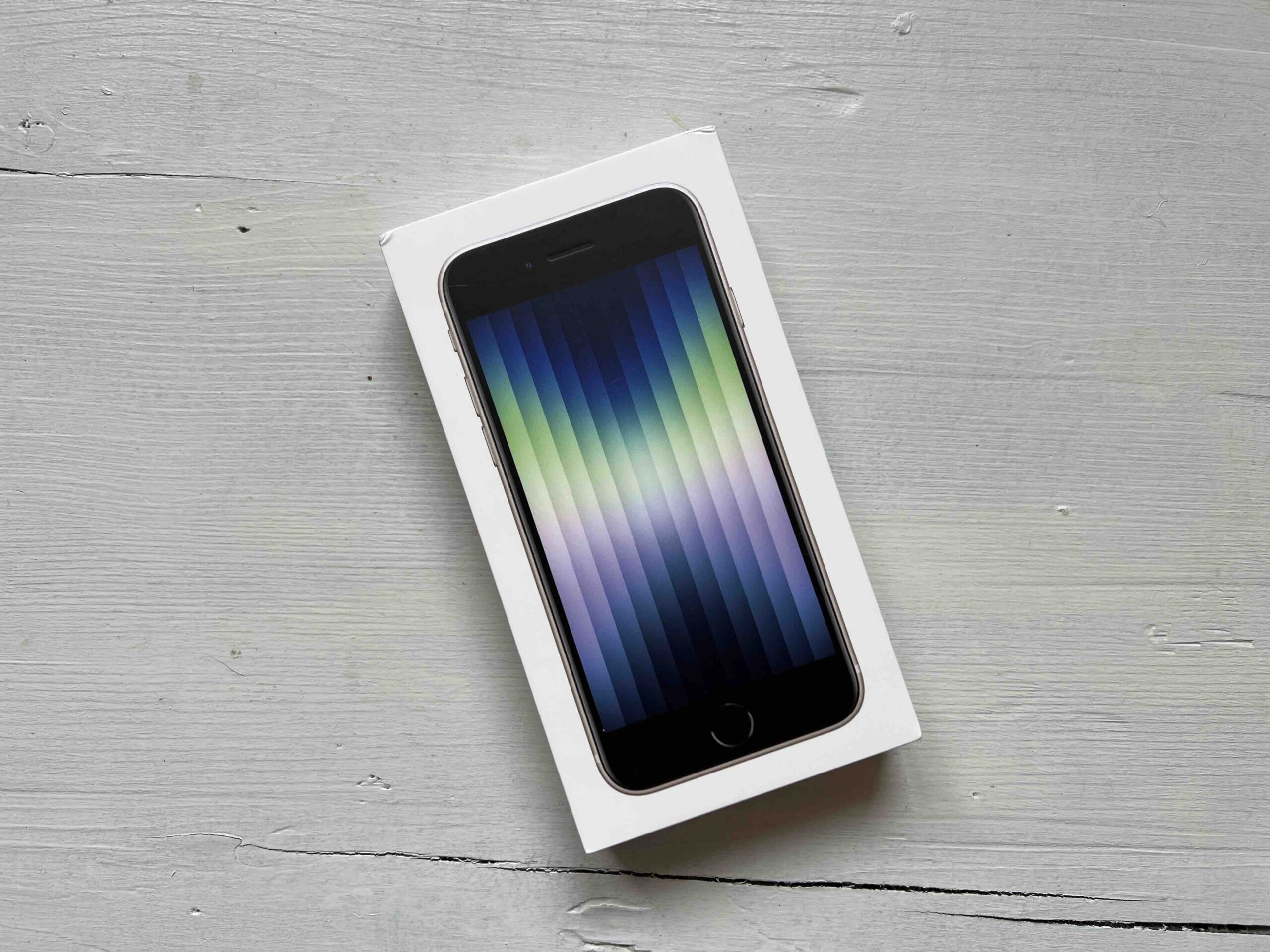
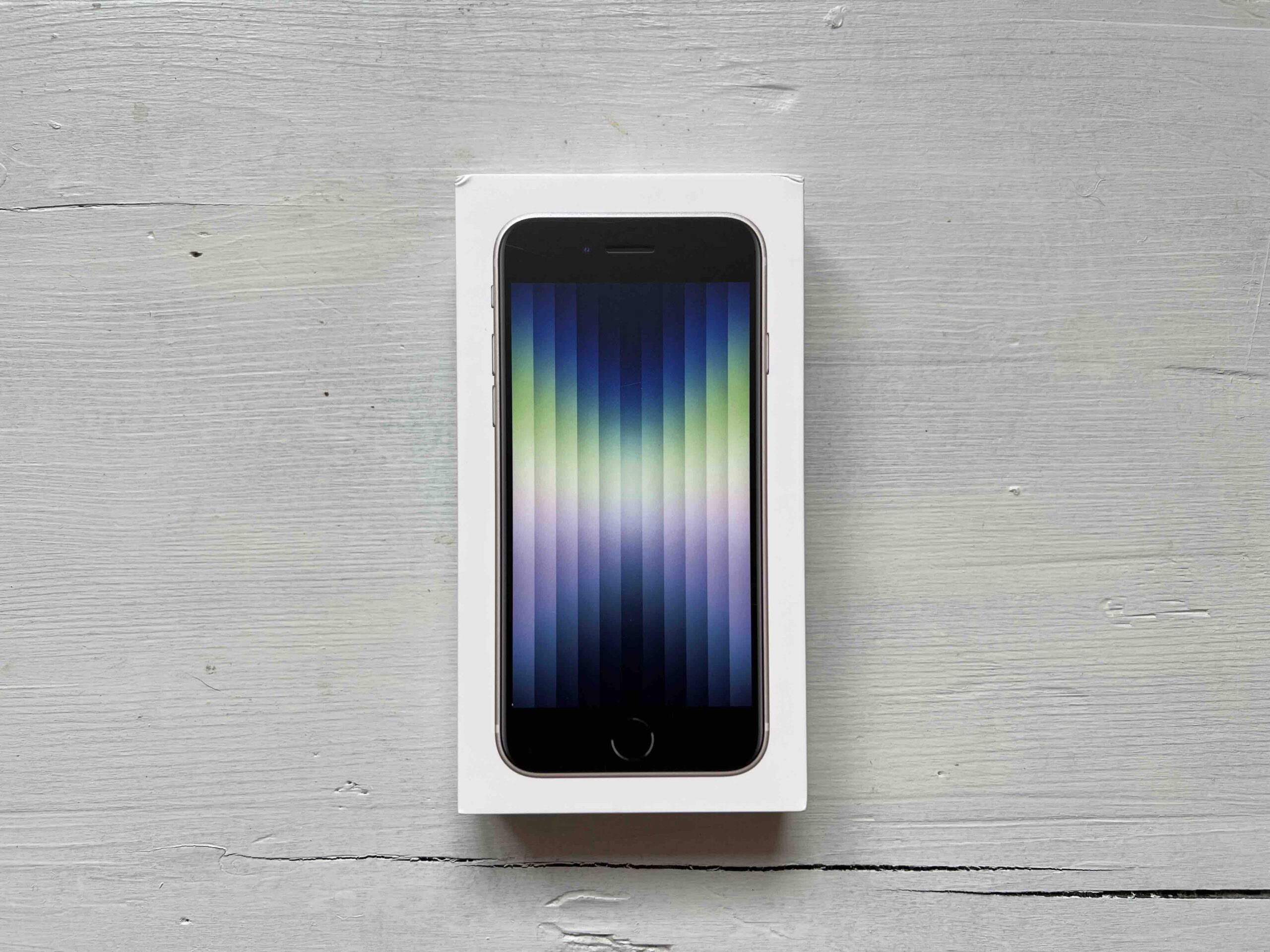
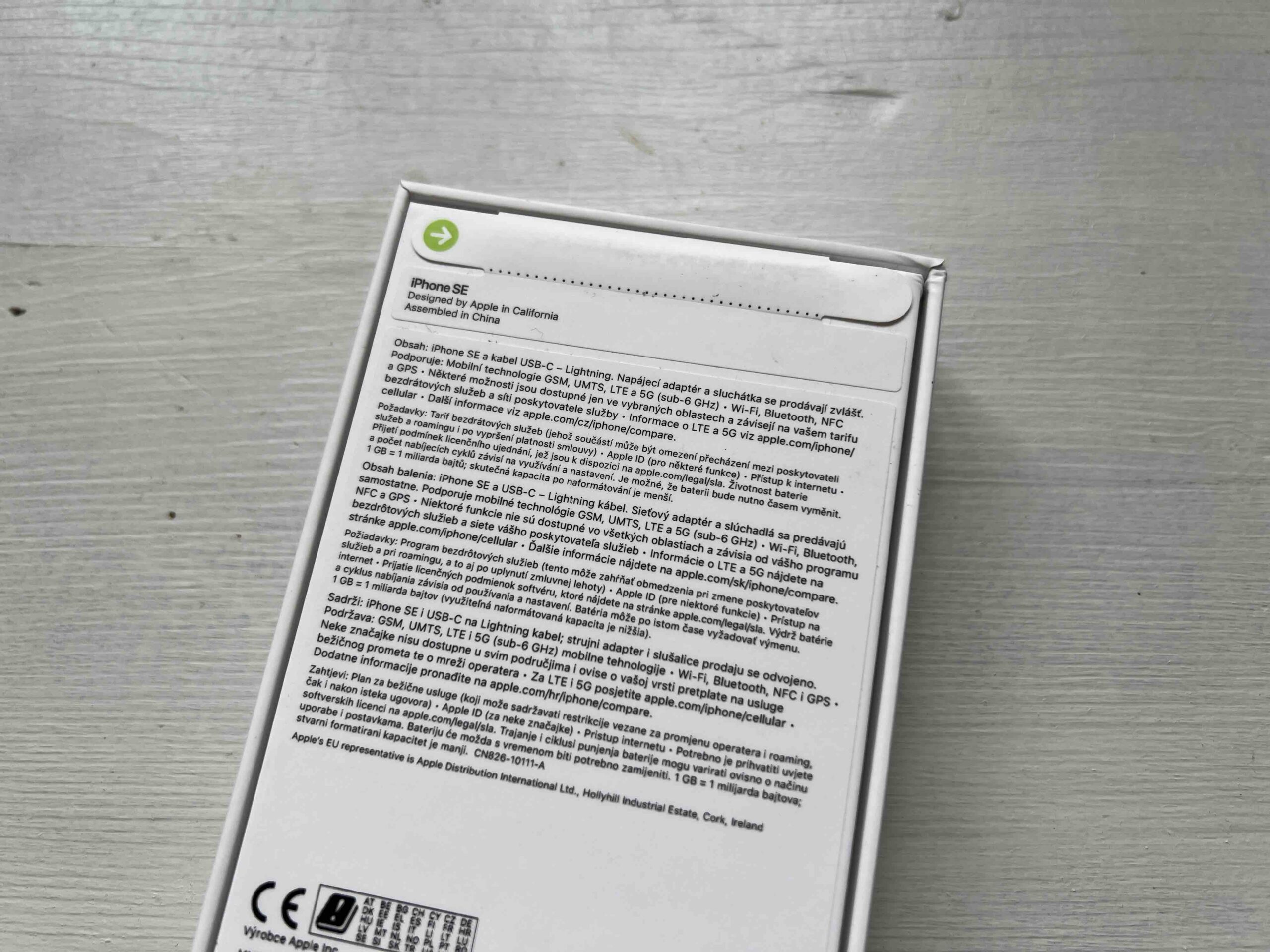
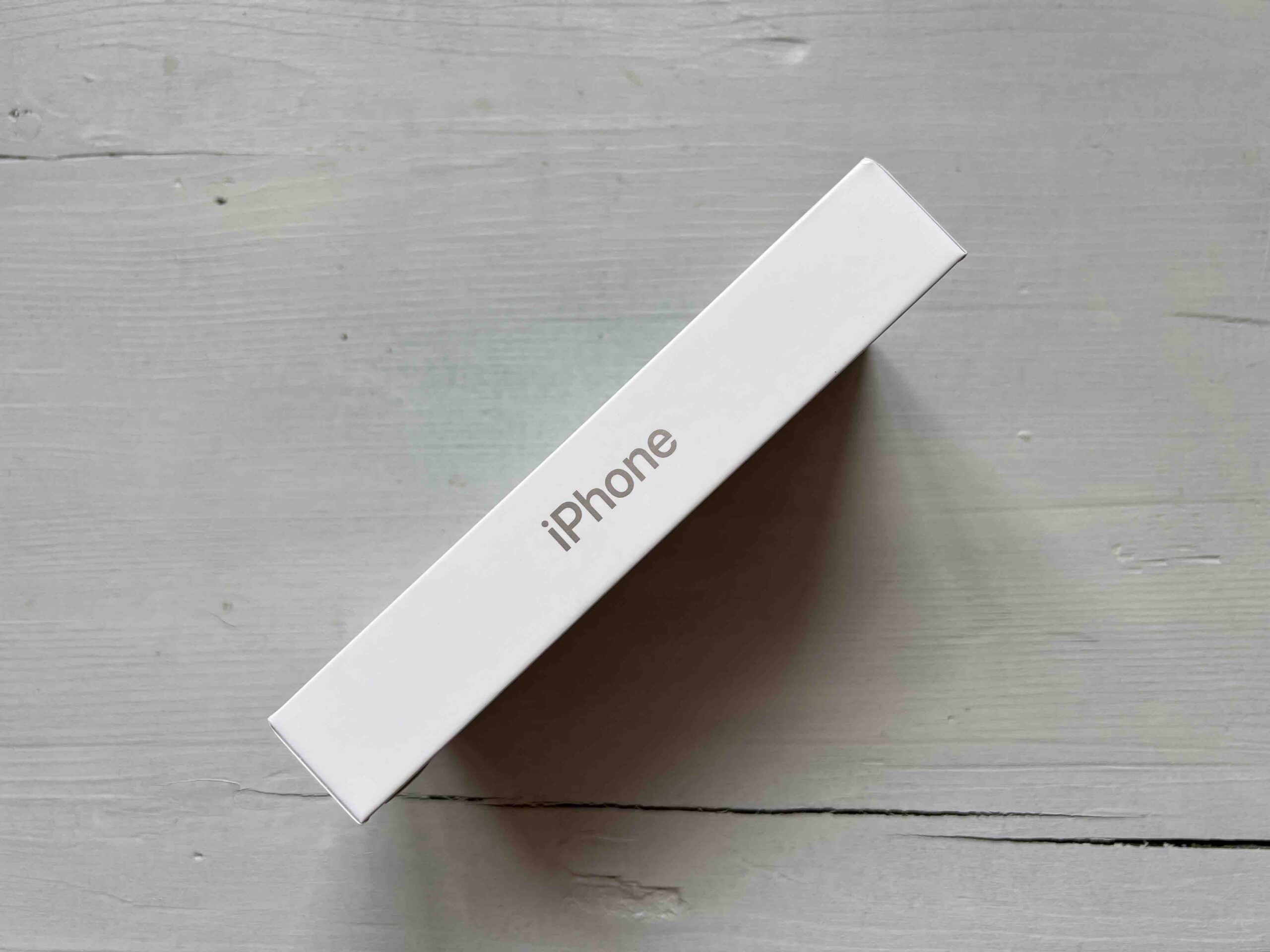


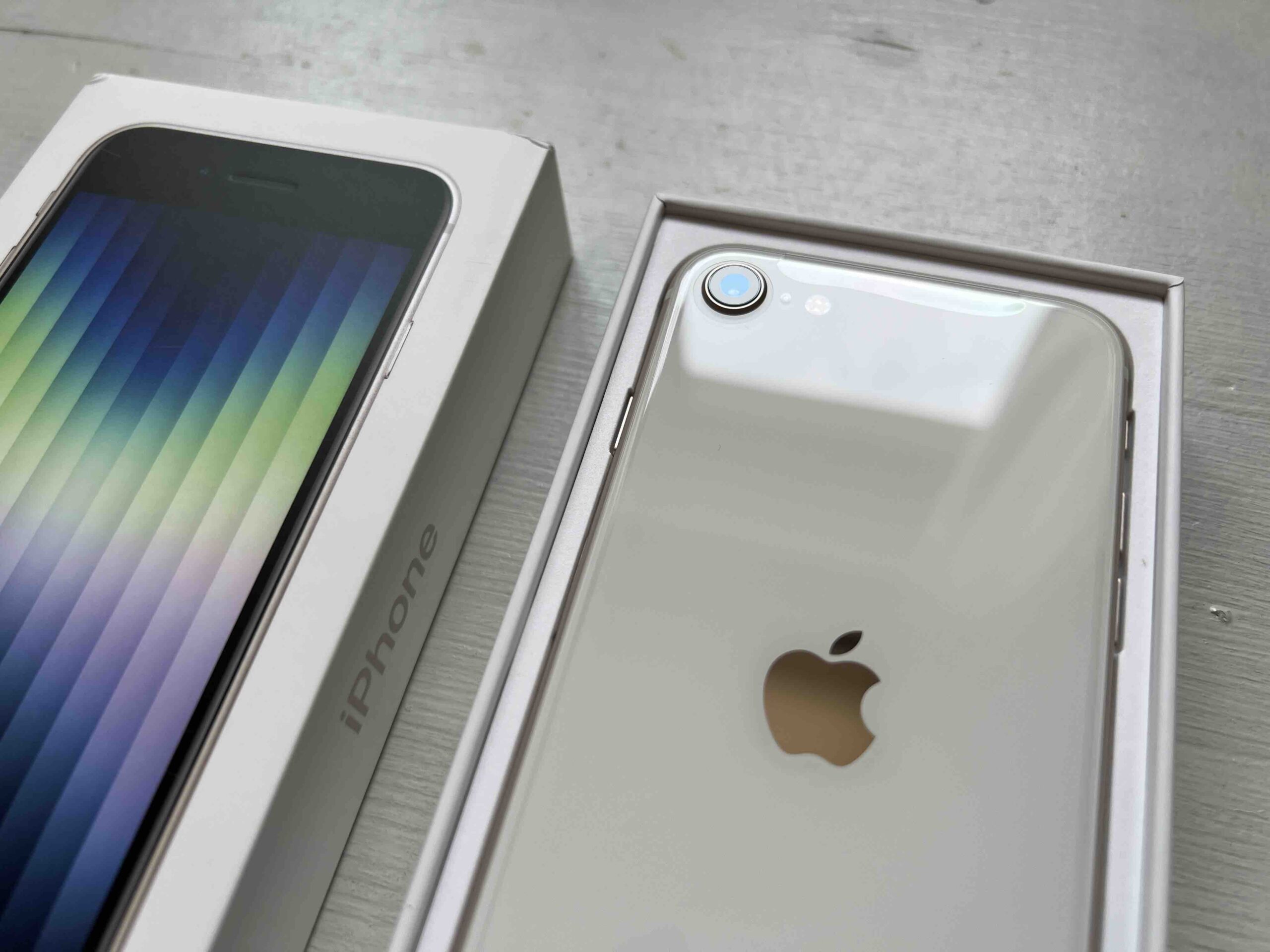
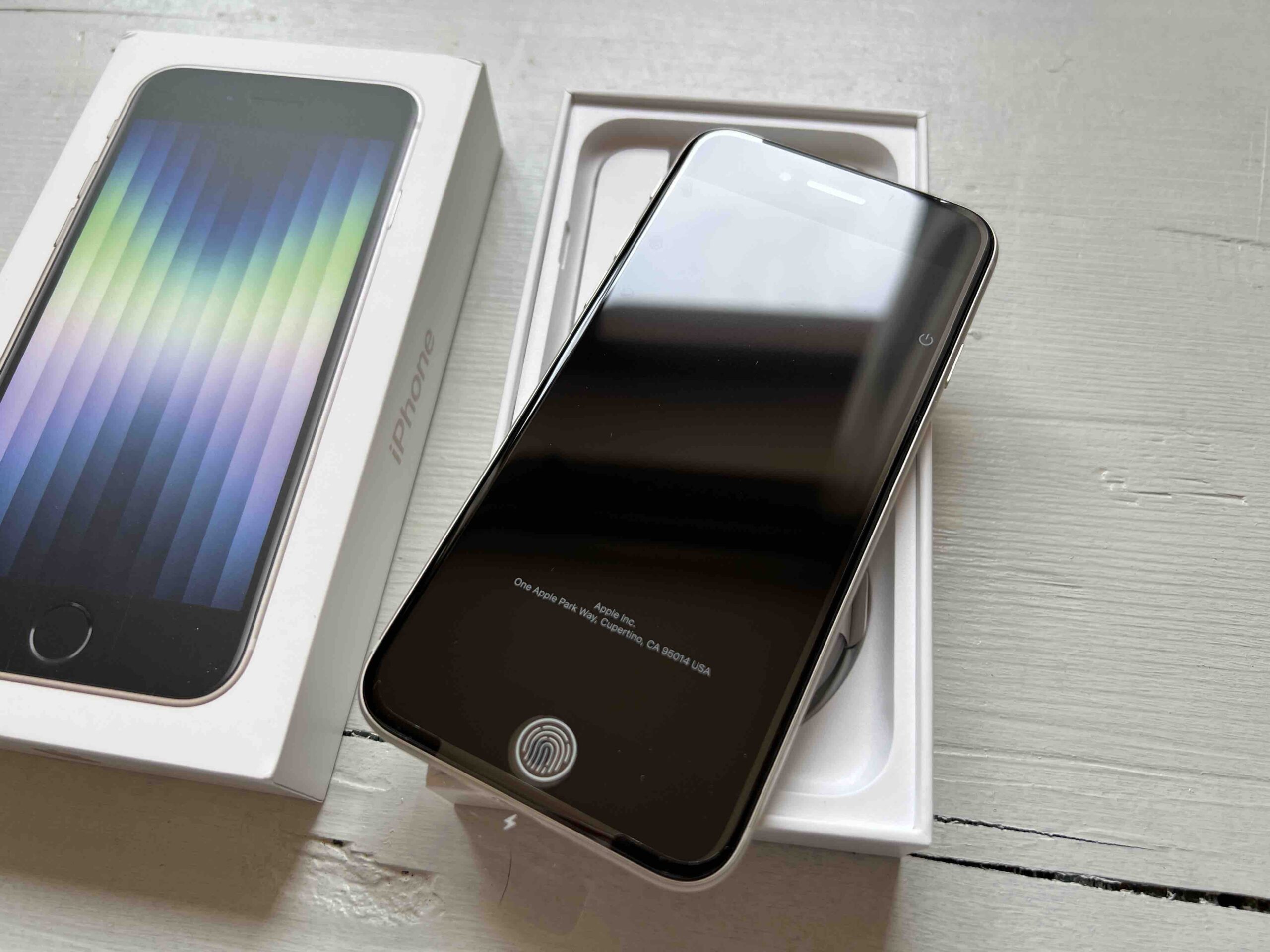
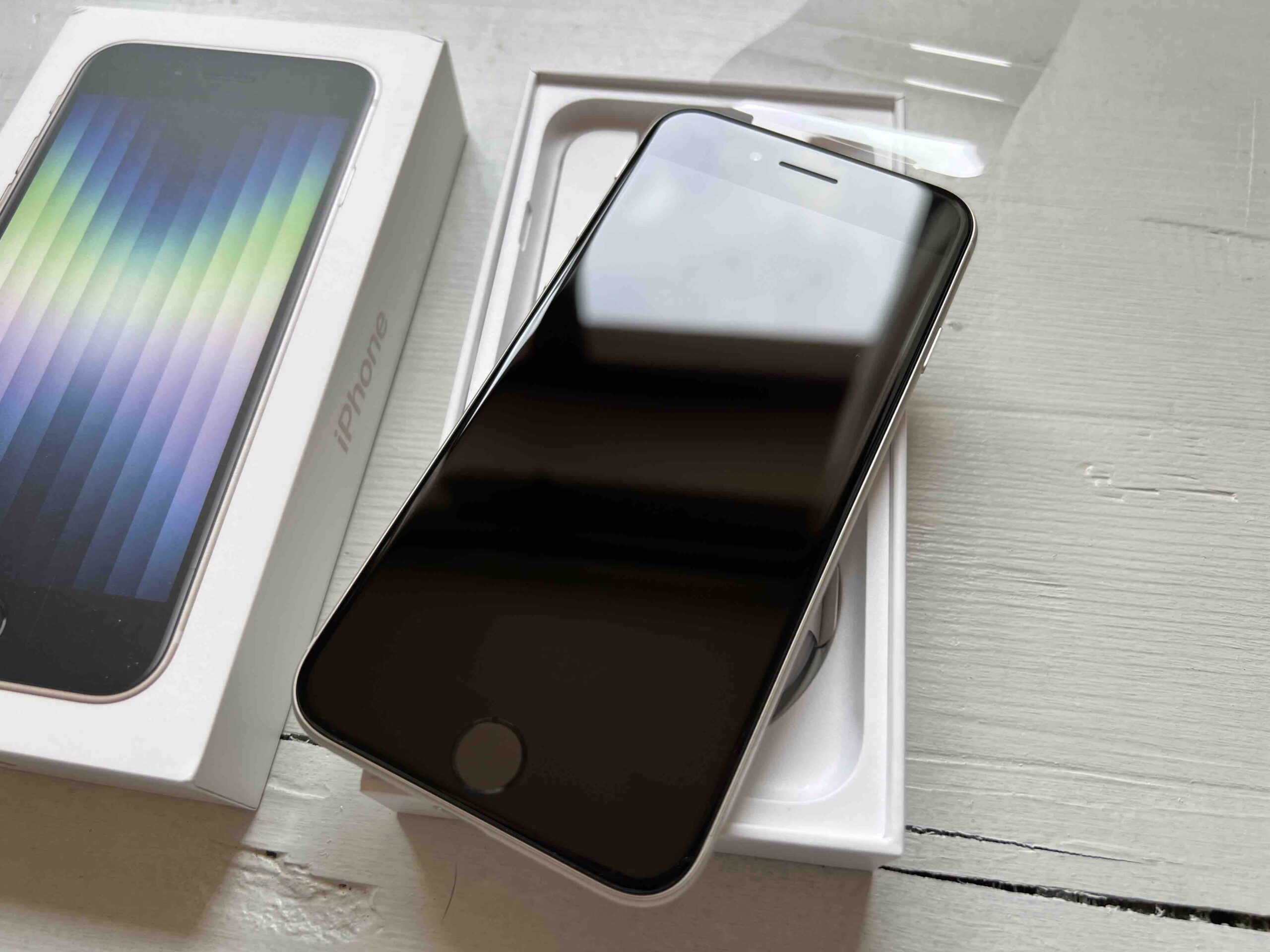
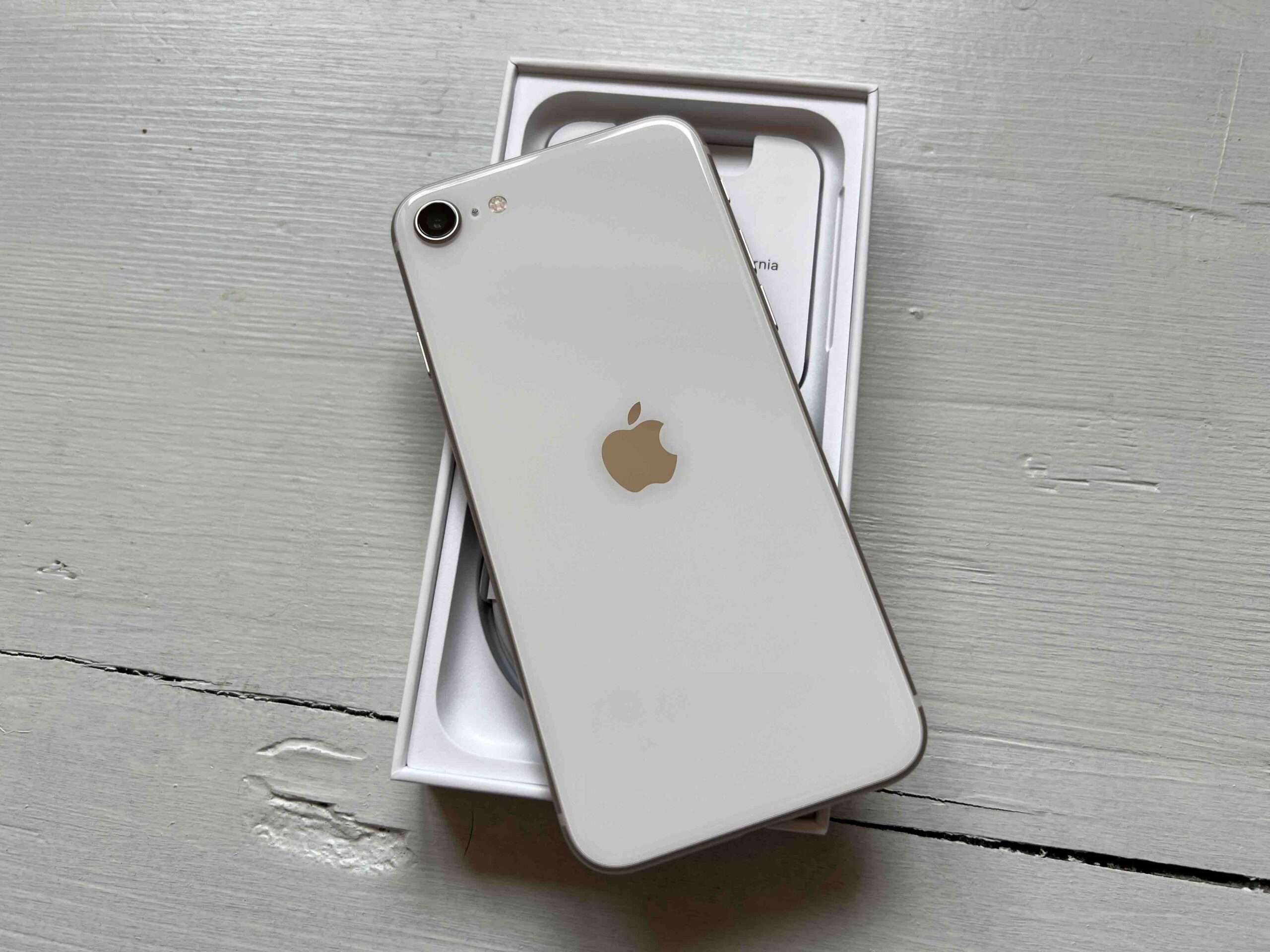
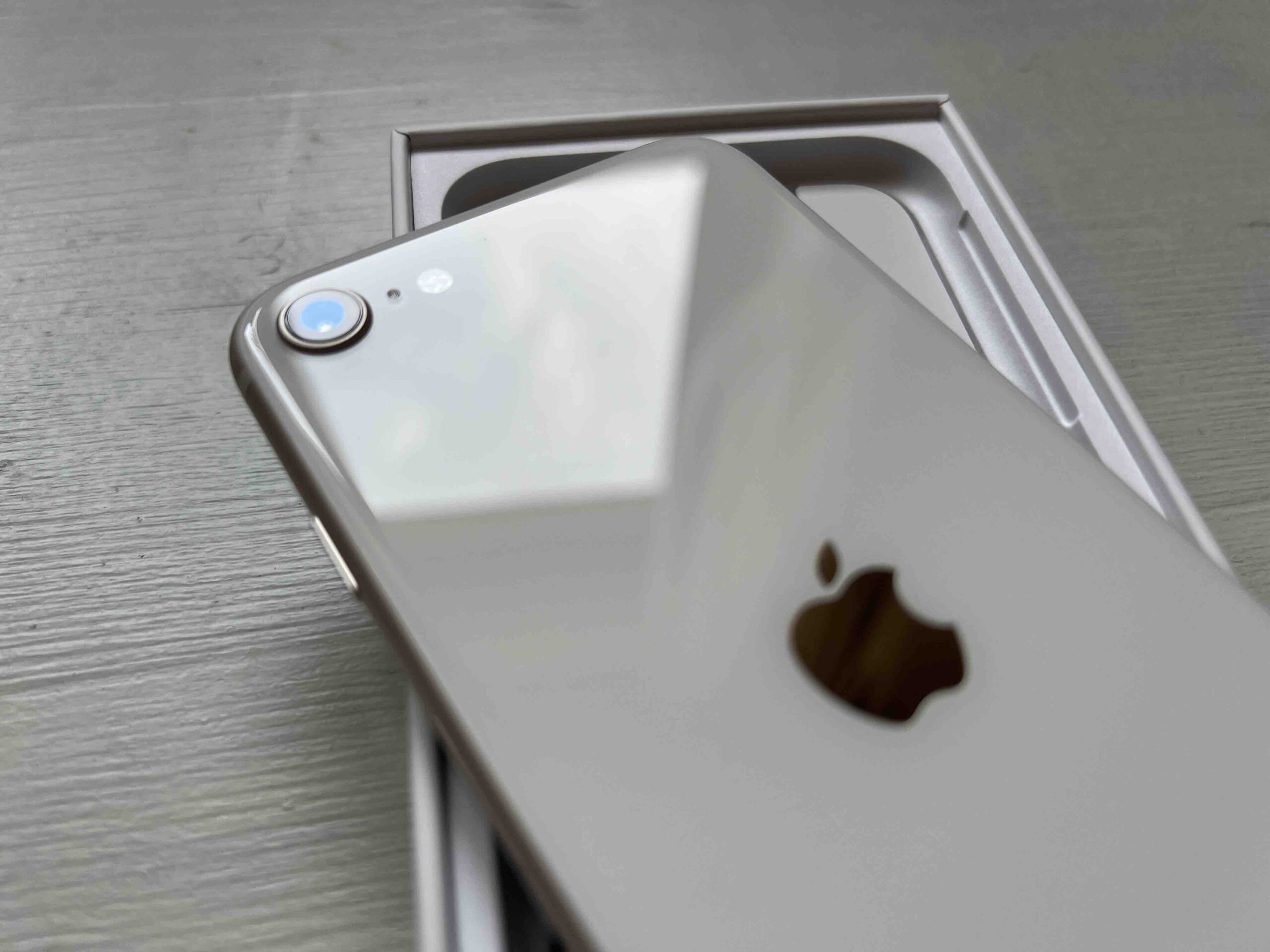
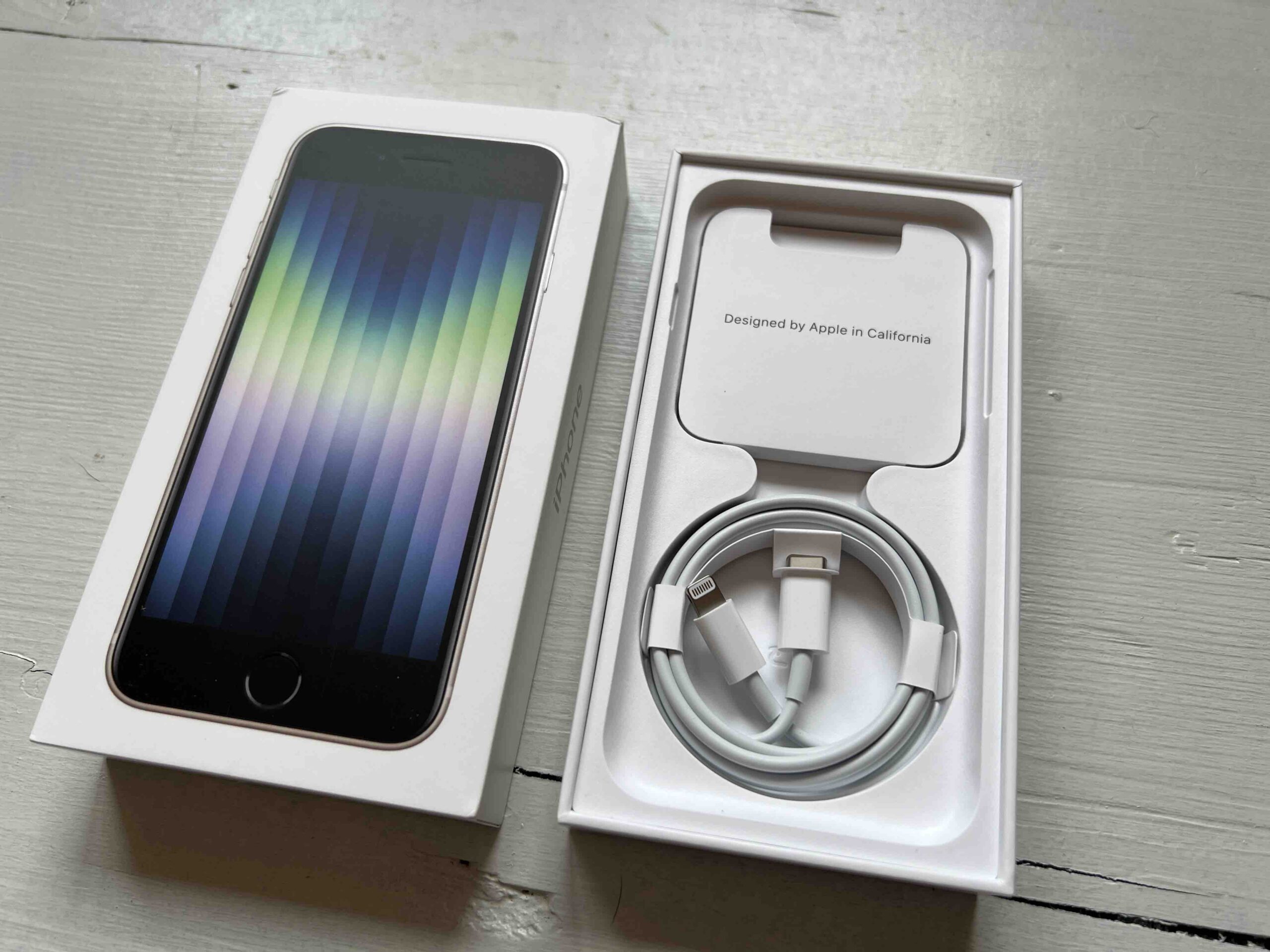
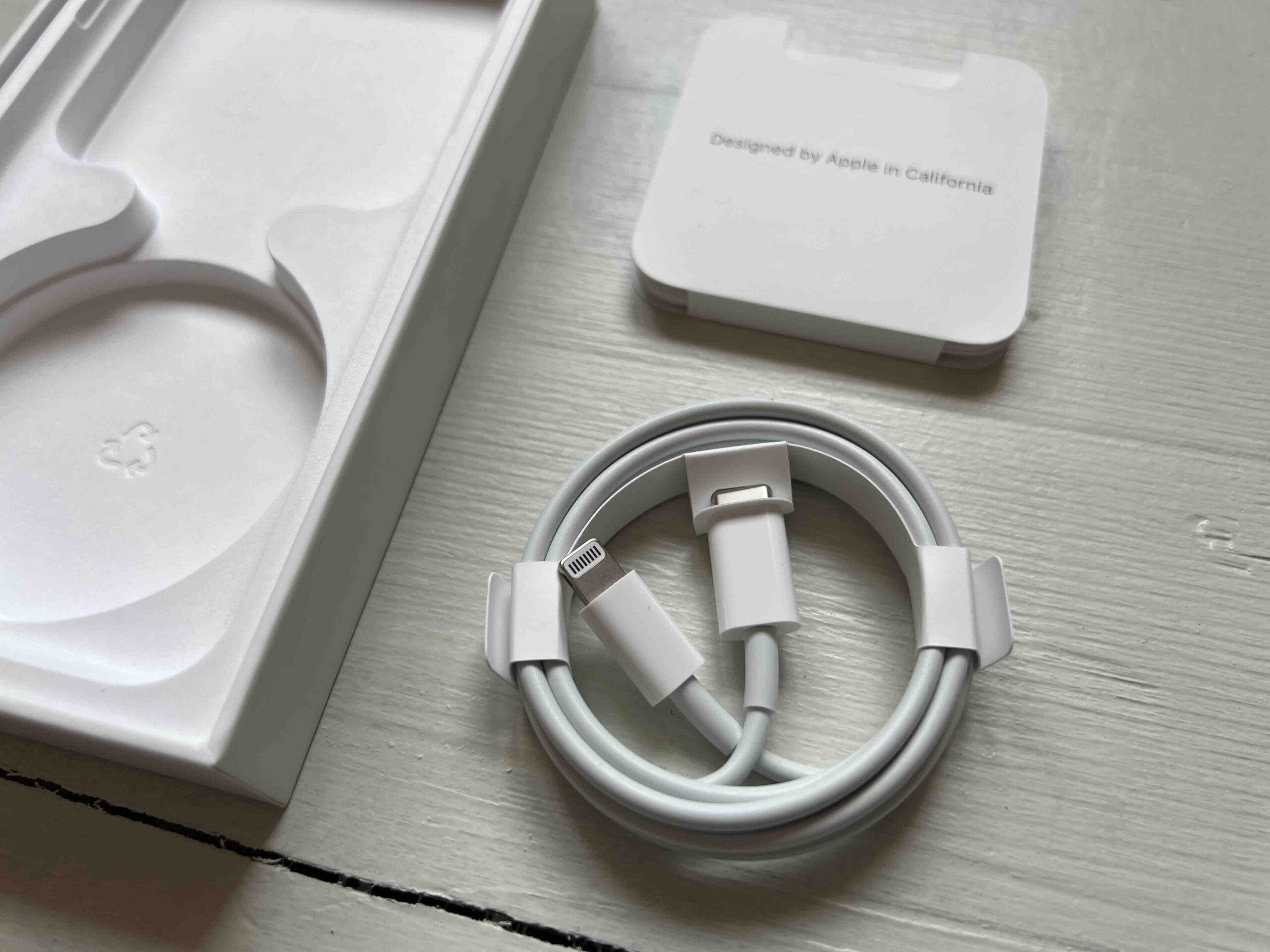
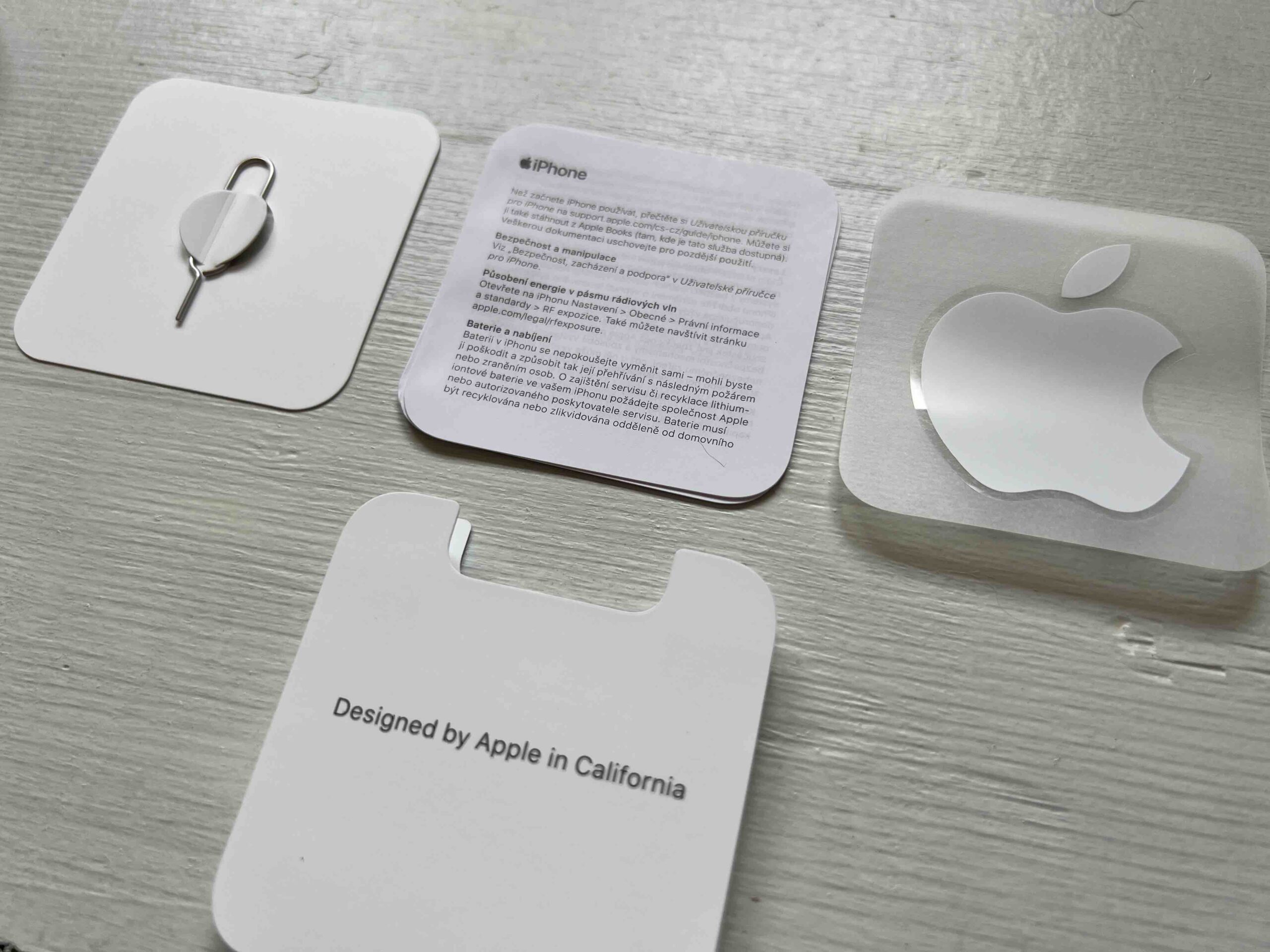



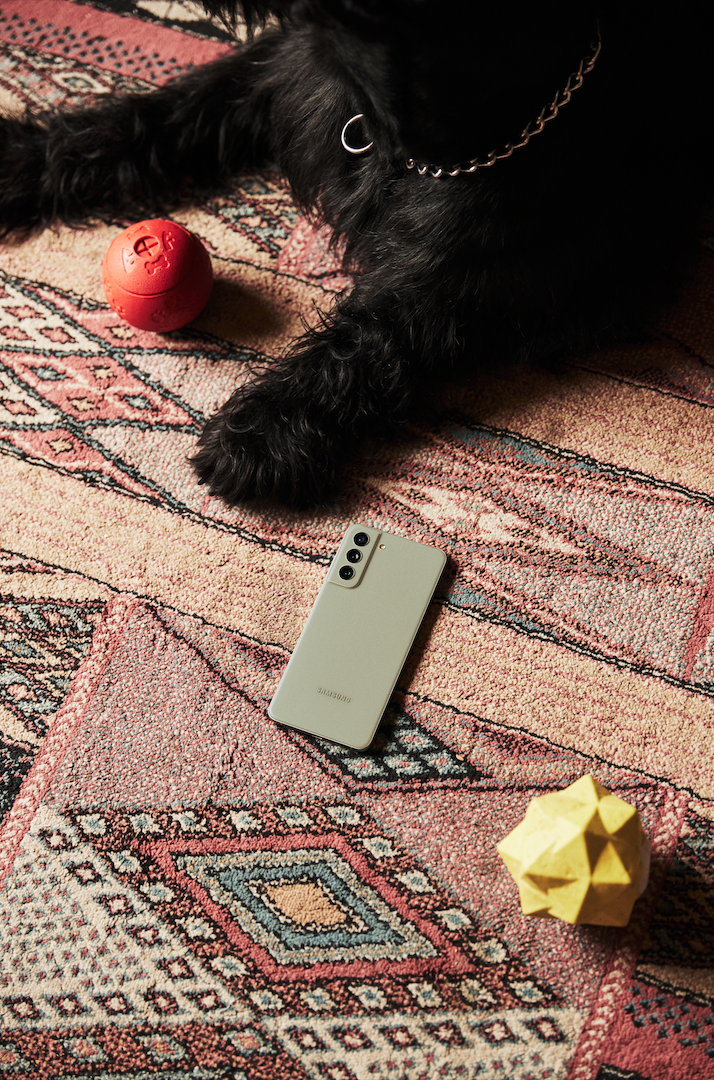


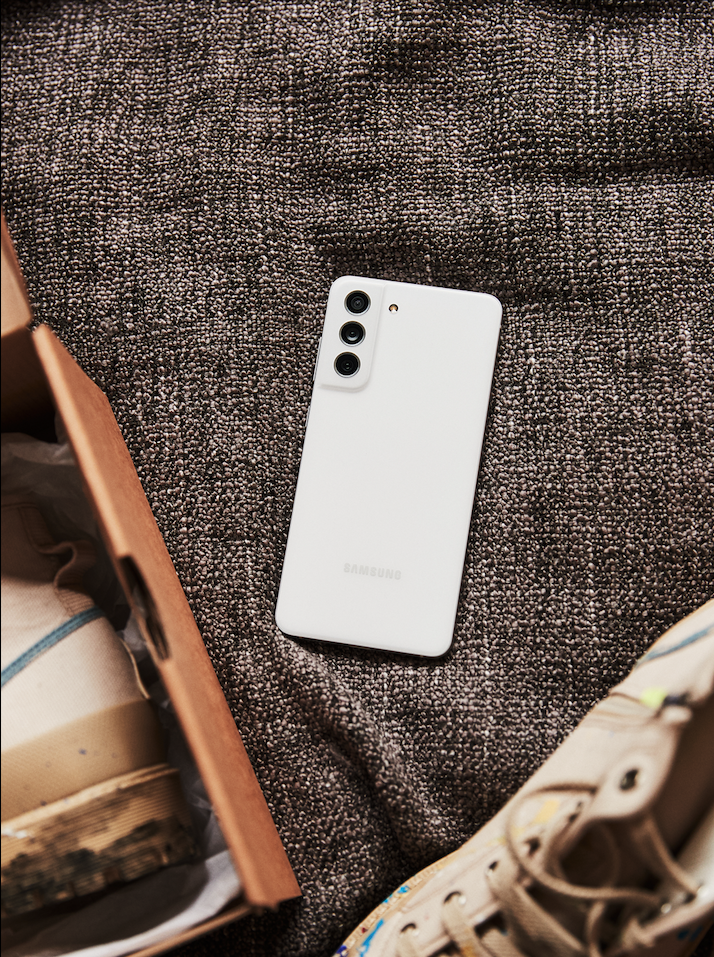
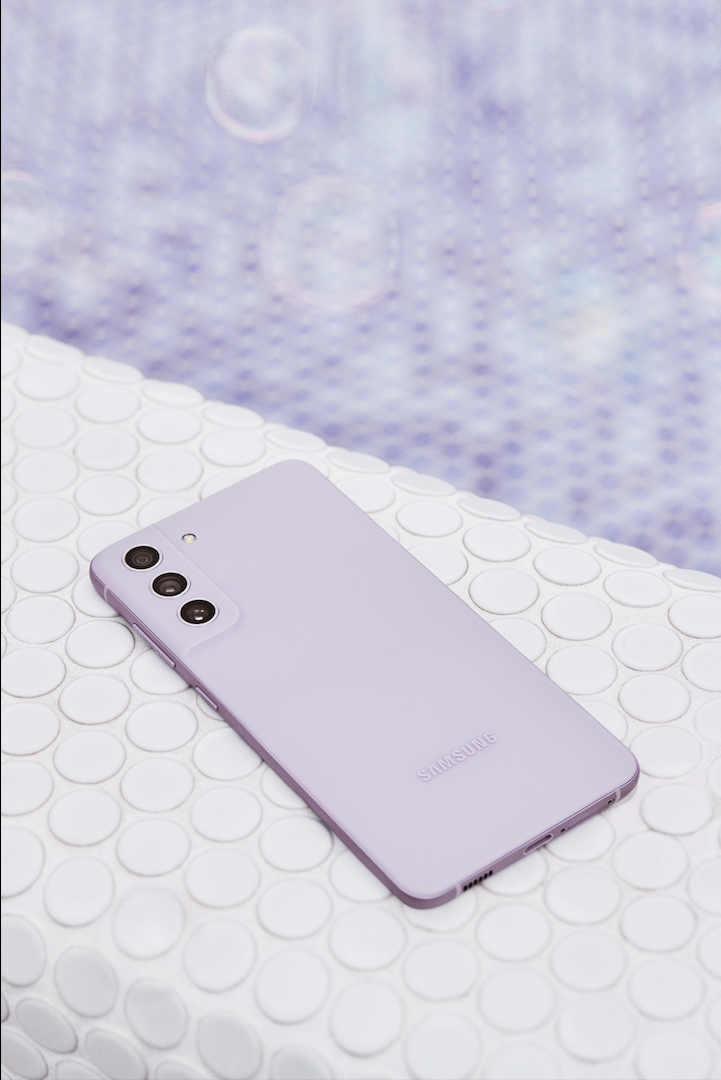

 Adam Kos
Adam Kos 
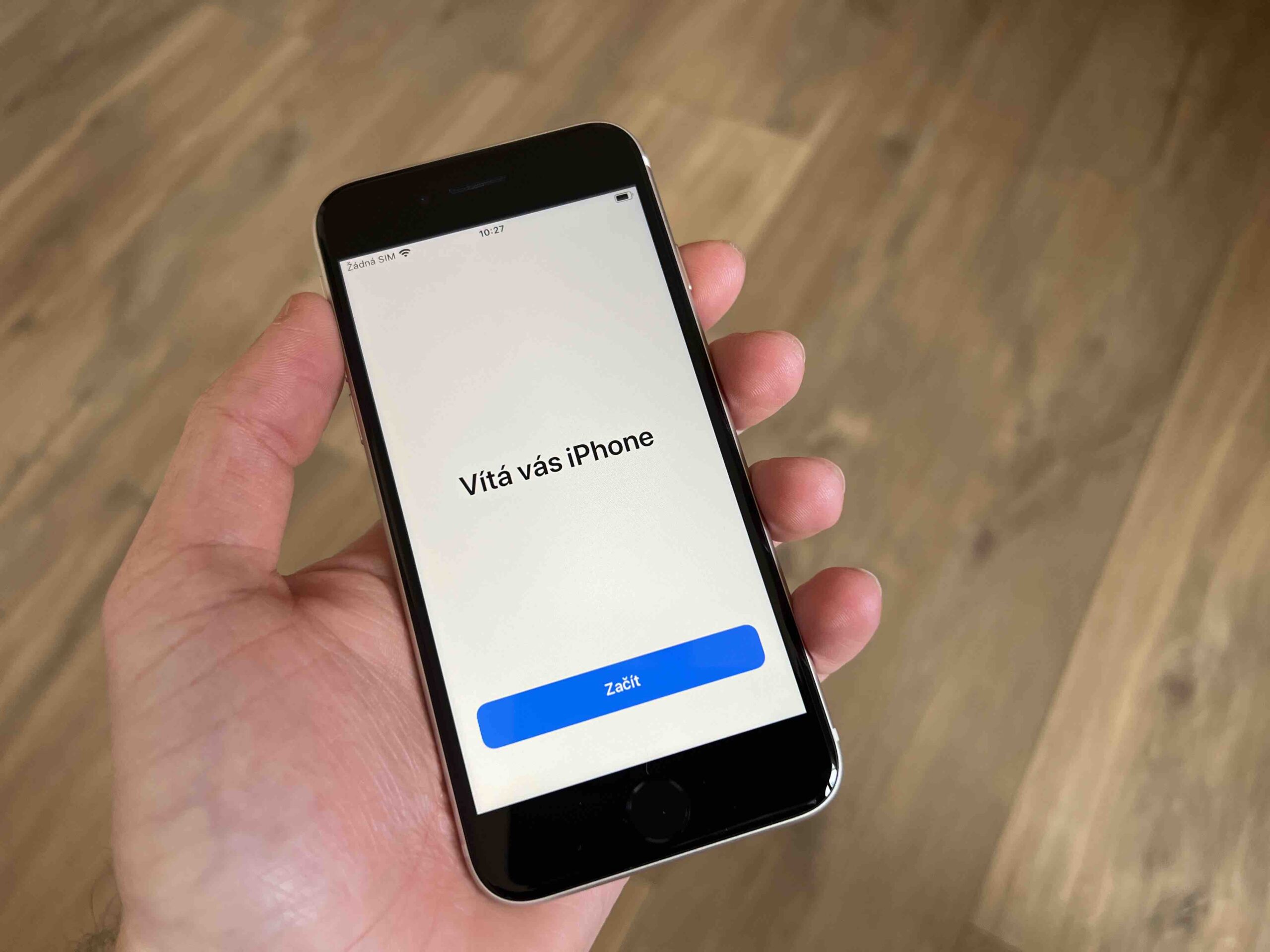

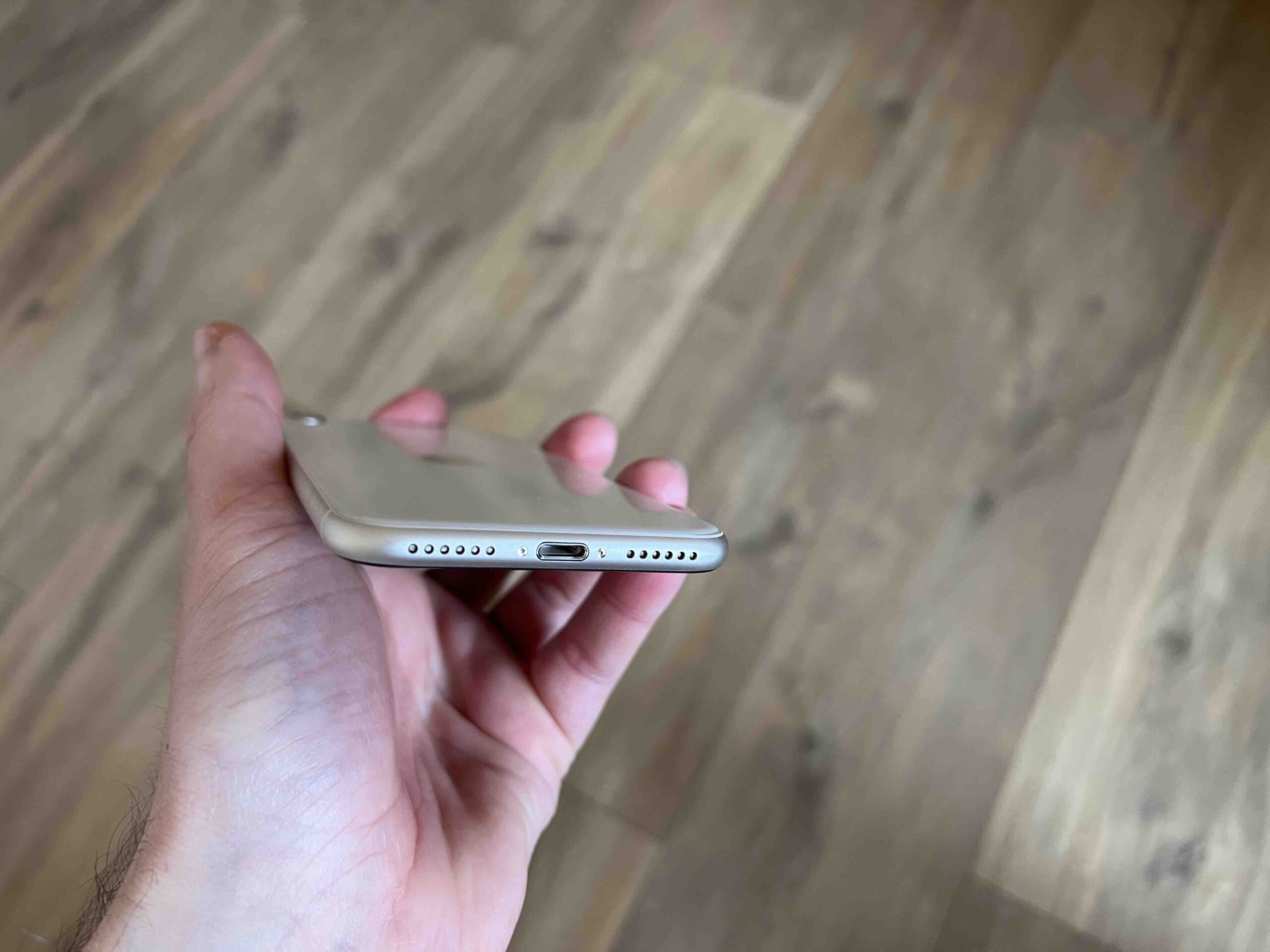
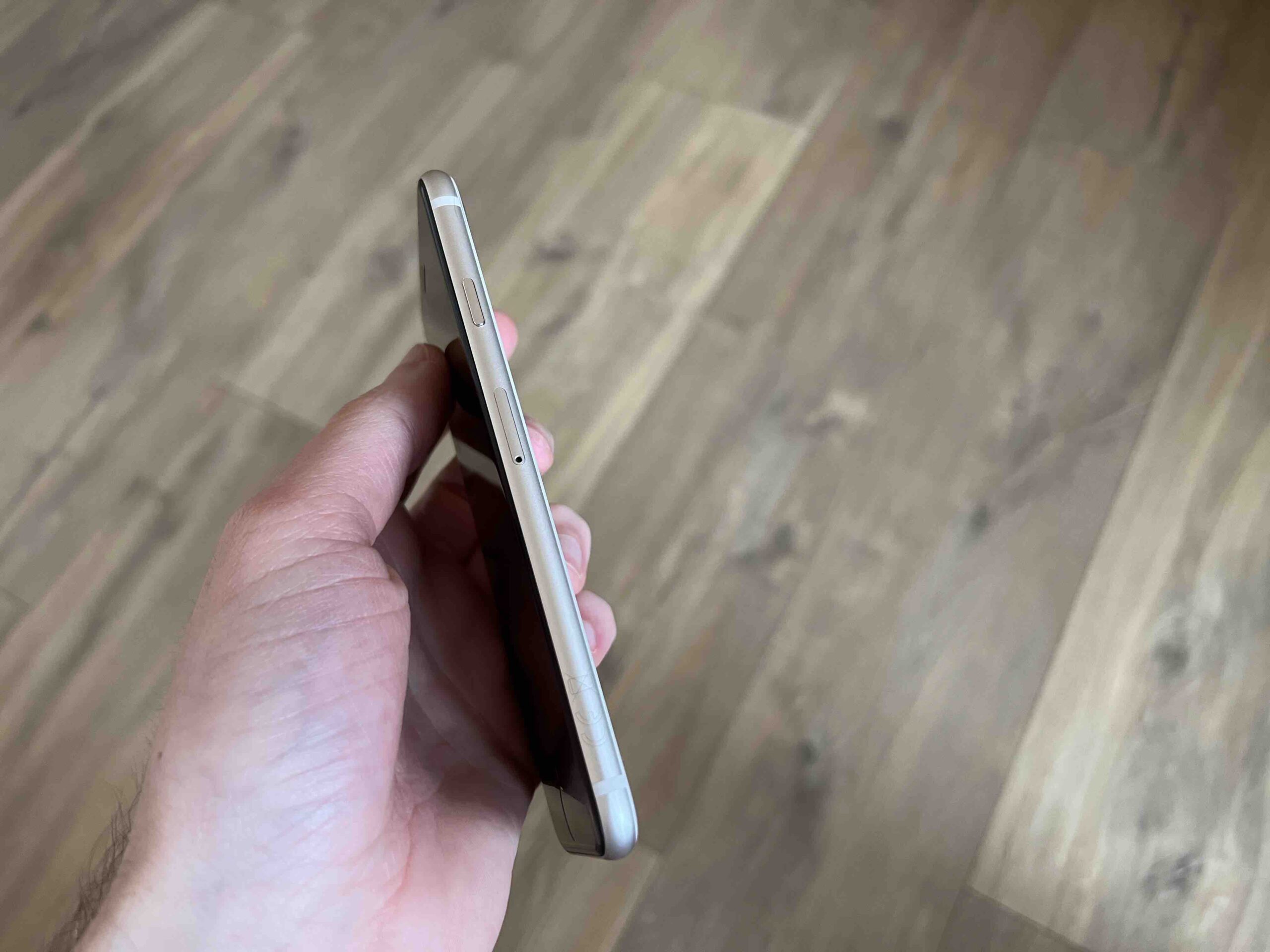
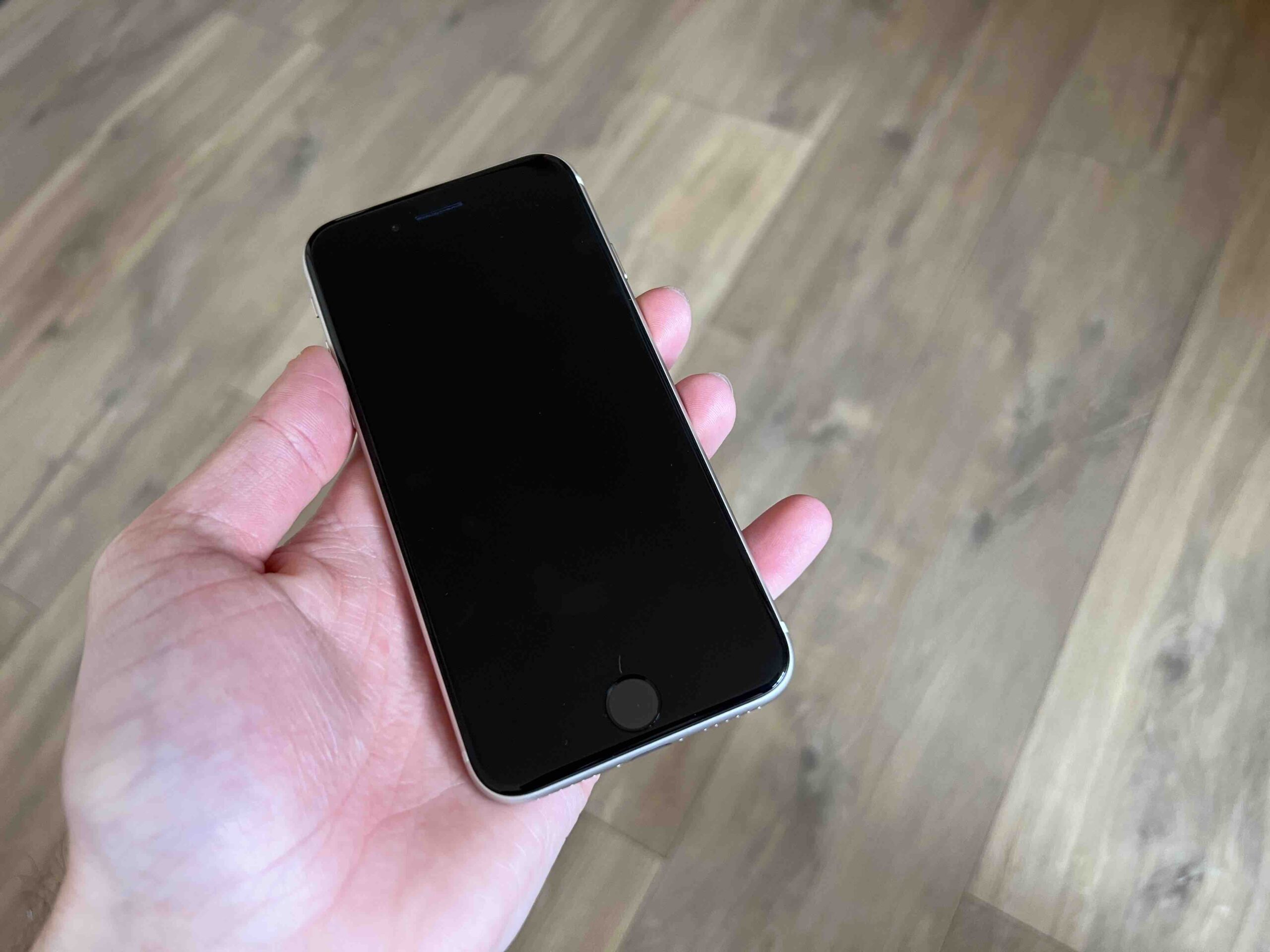
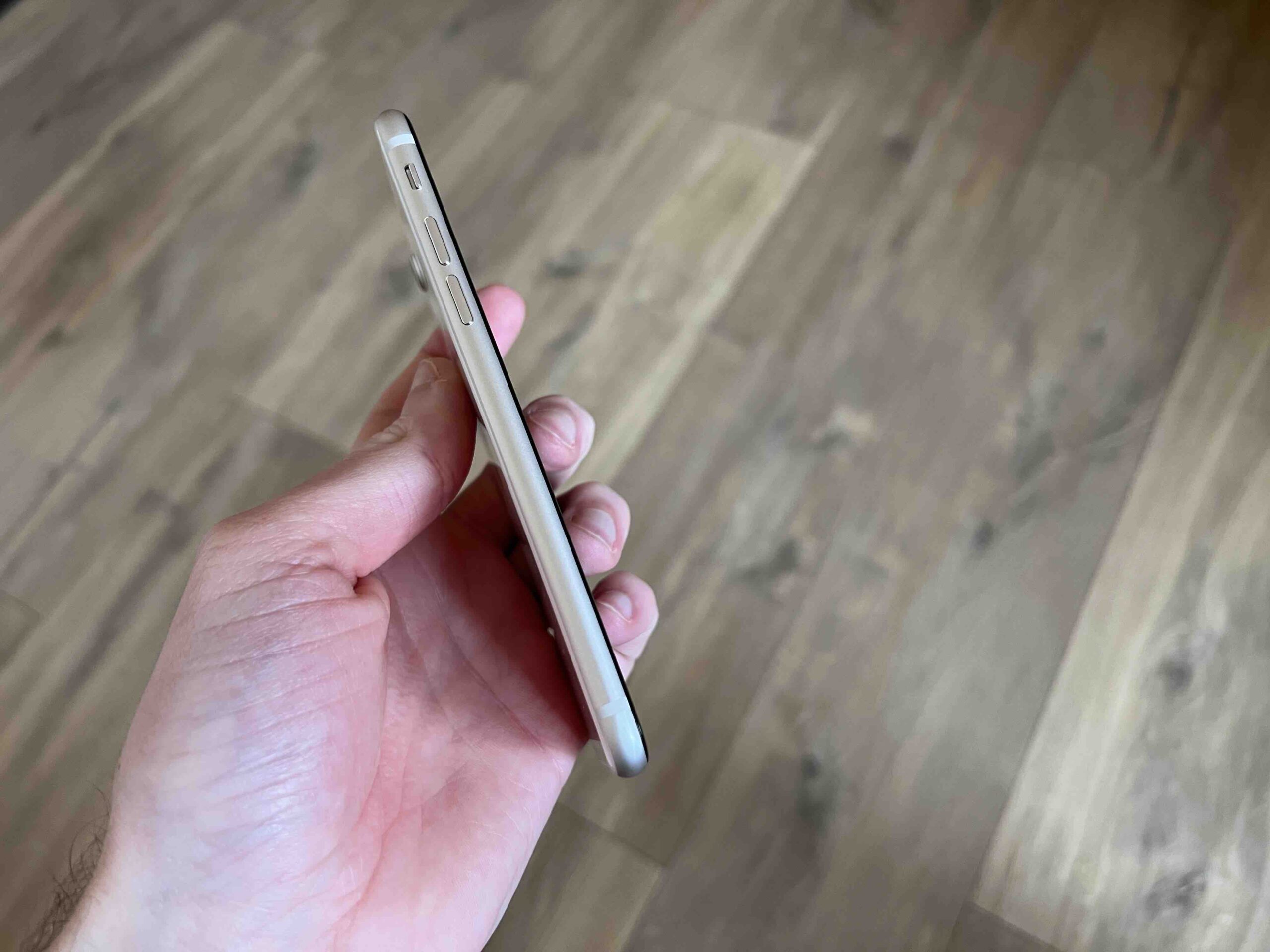
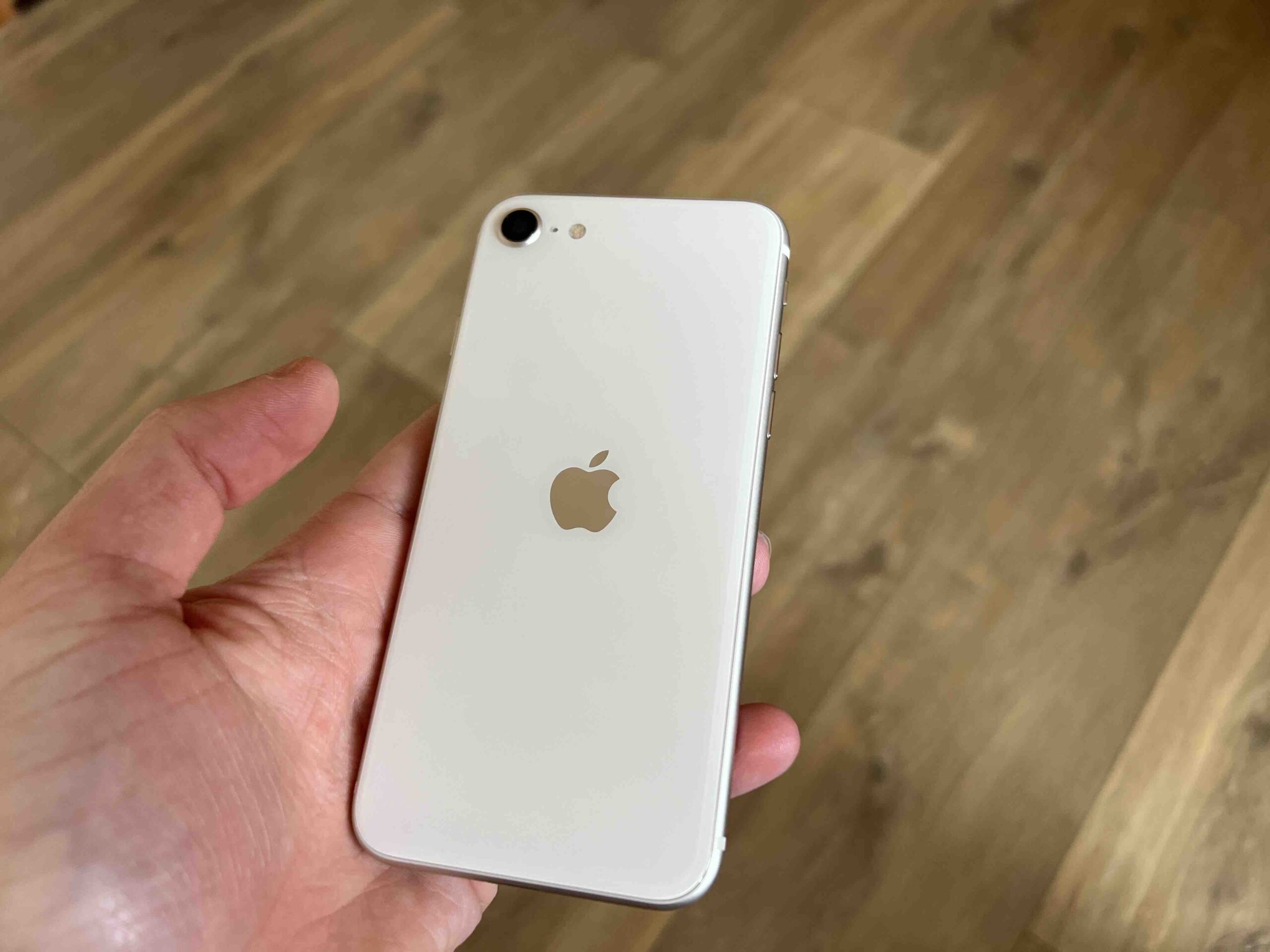
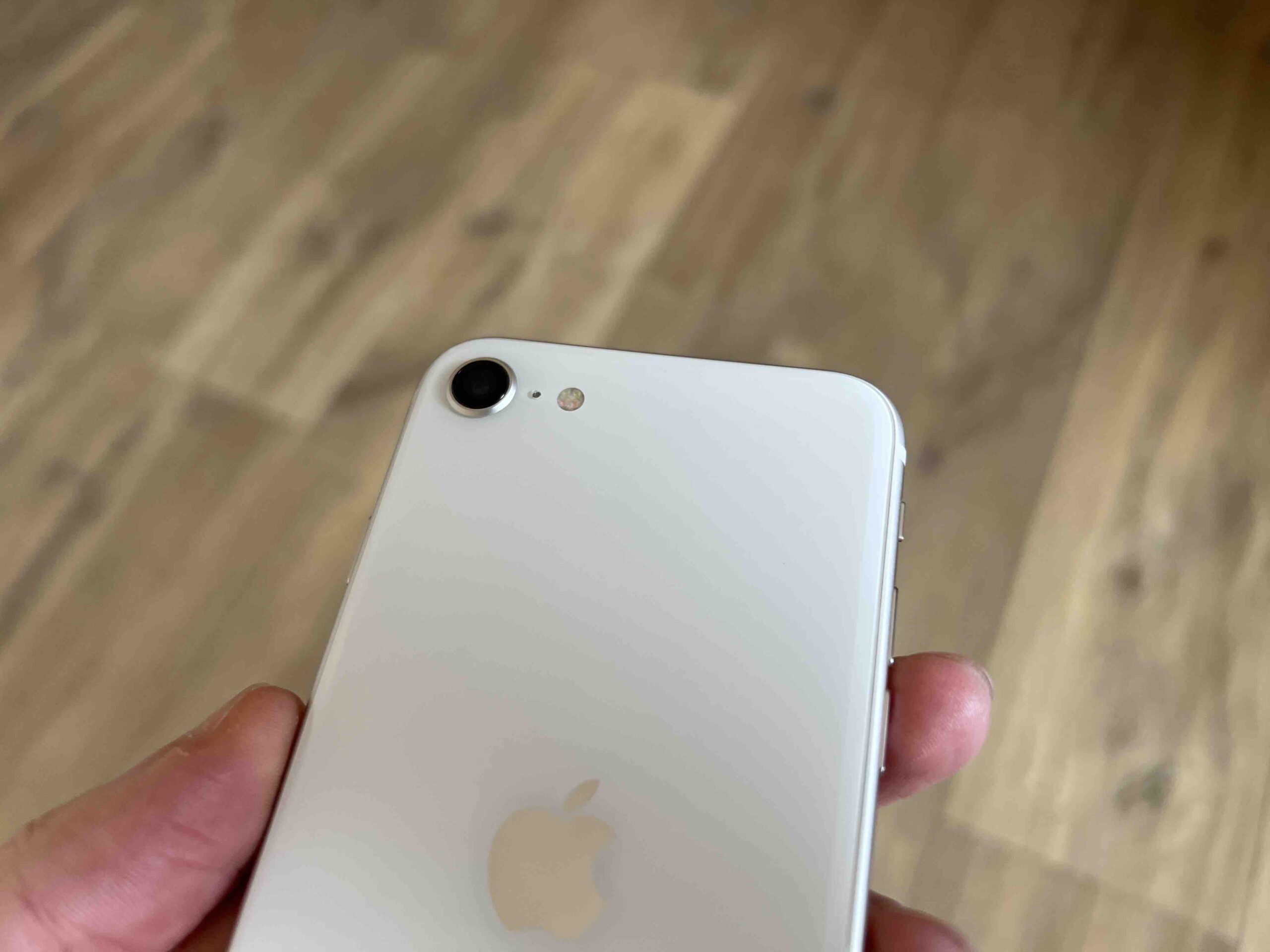
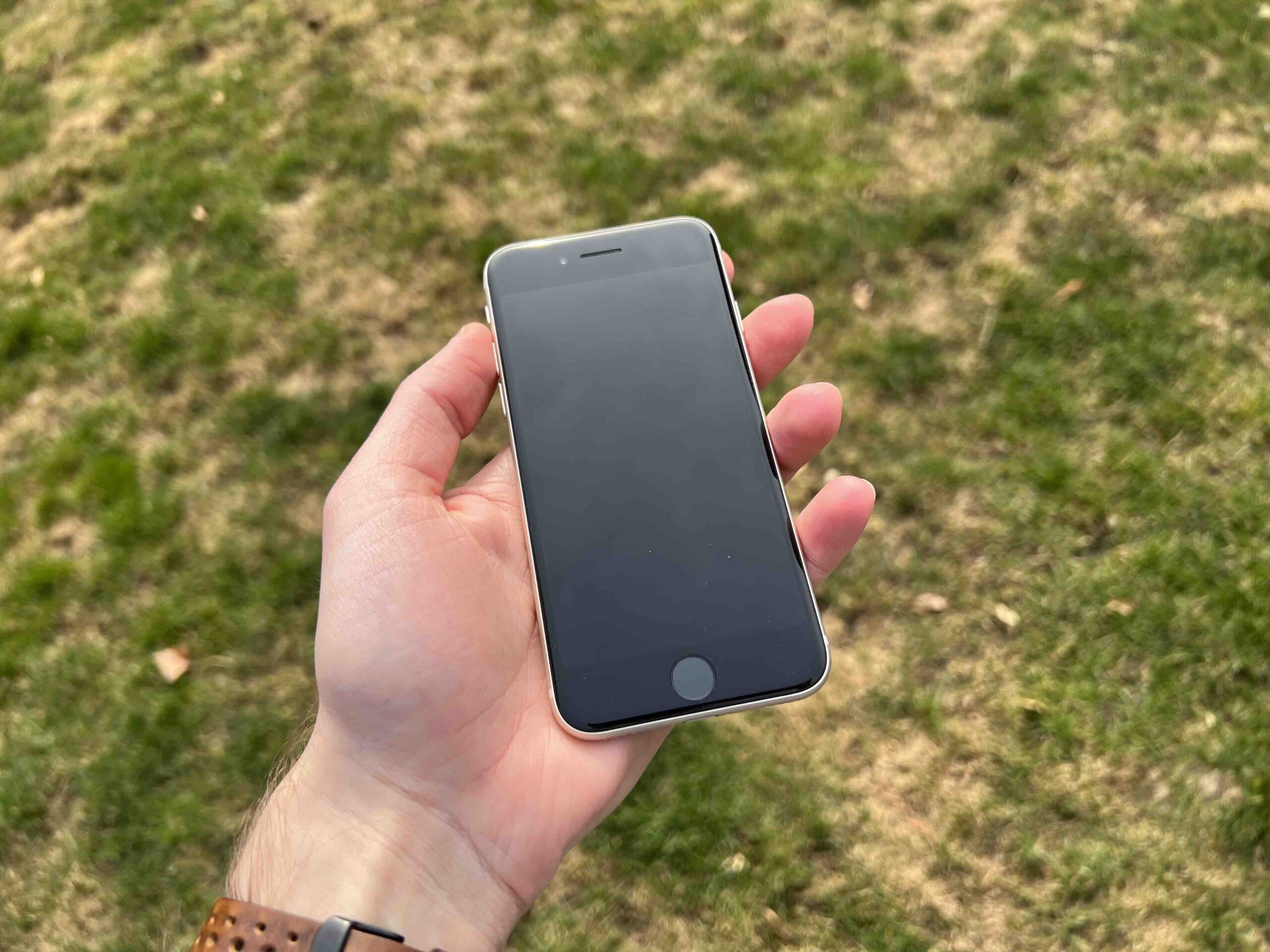
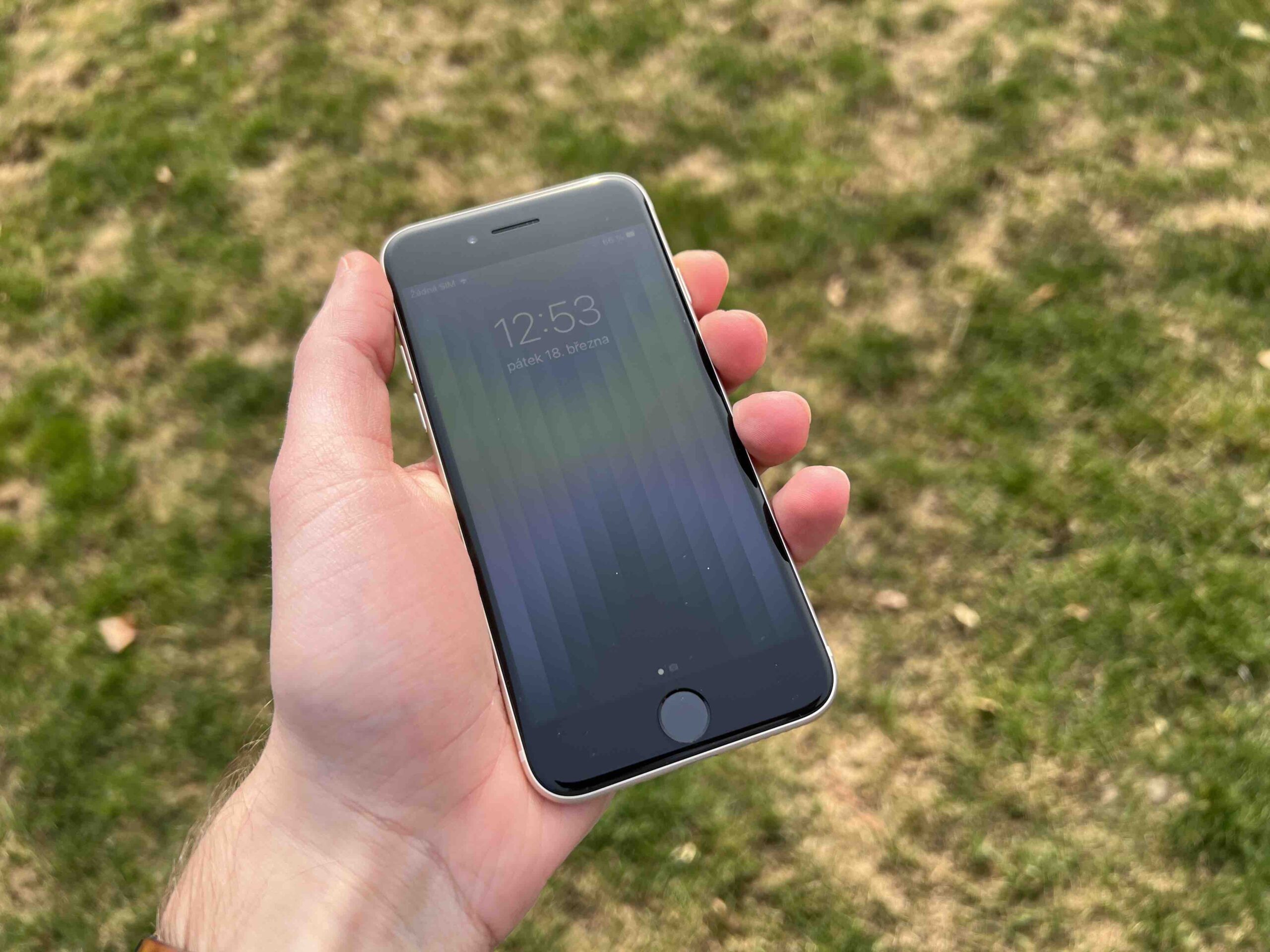

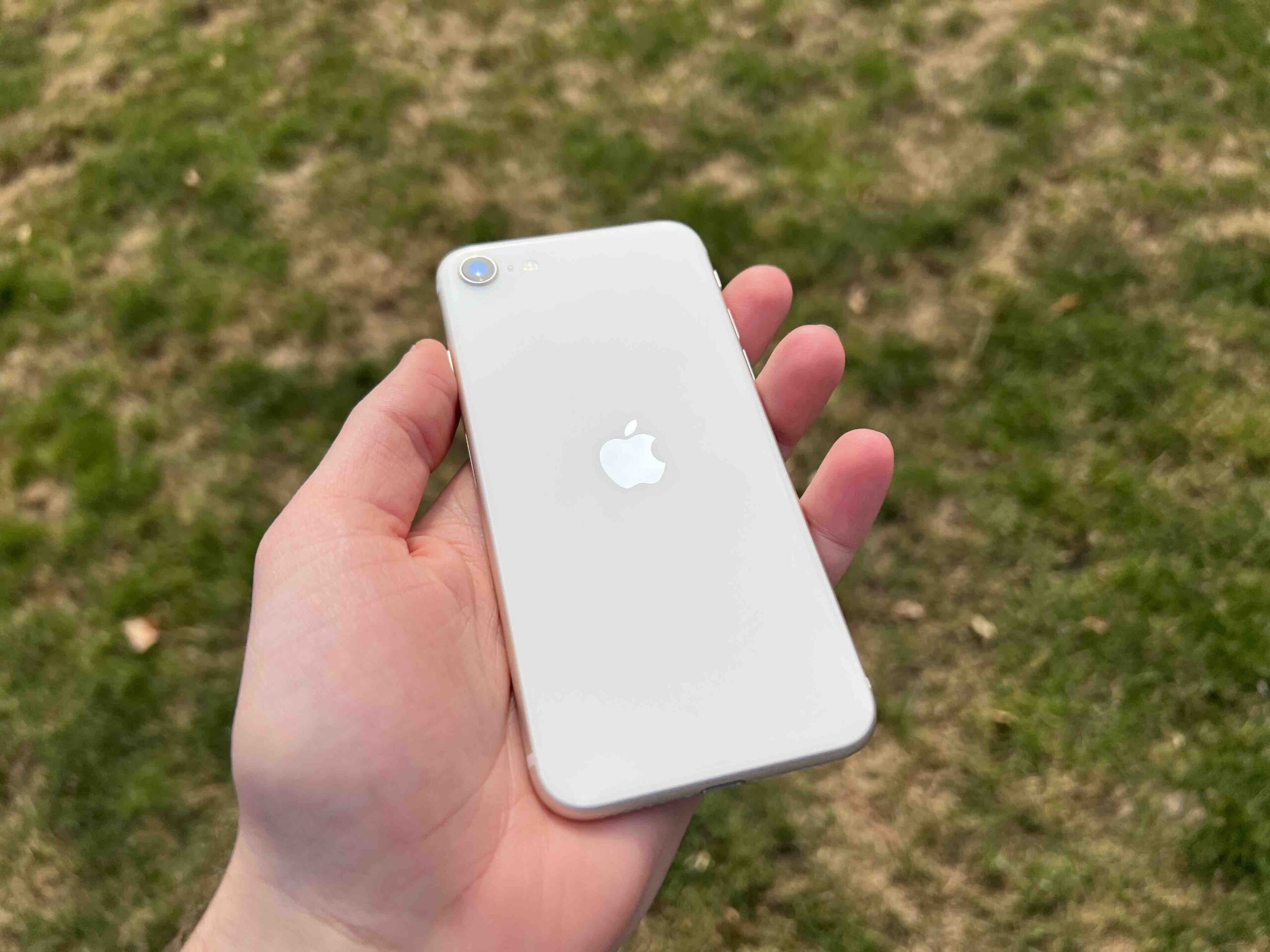
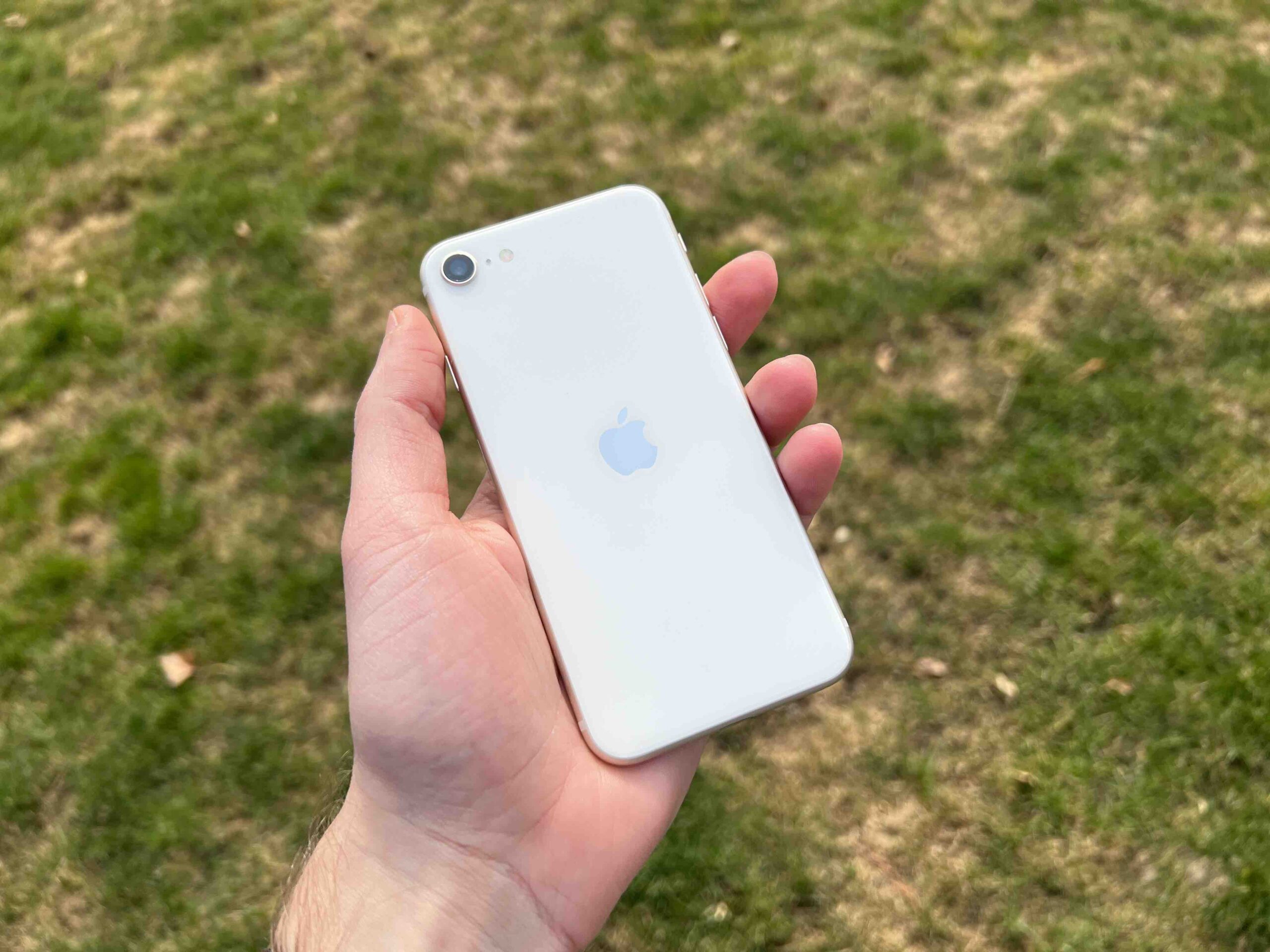
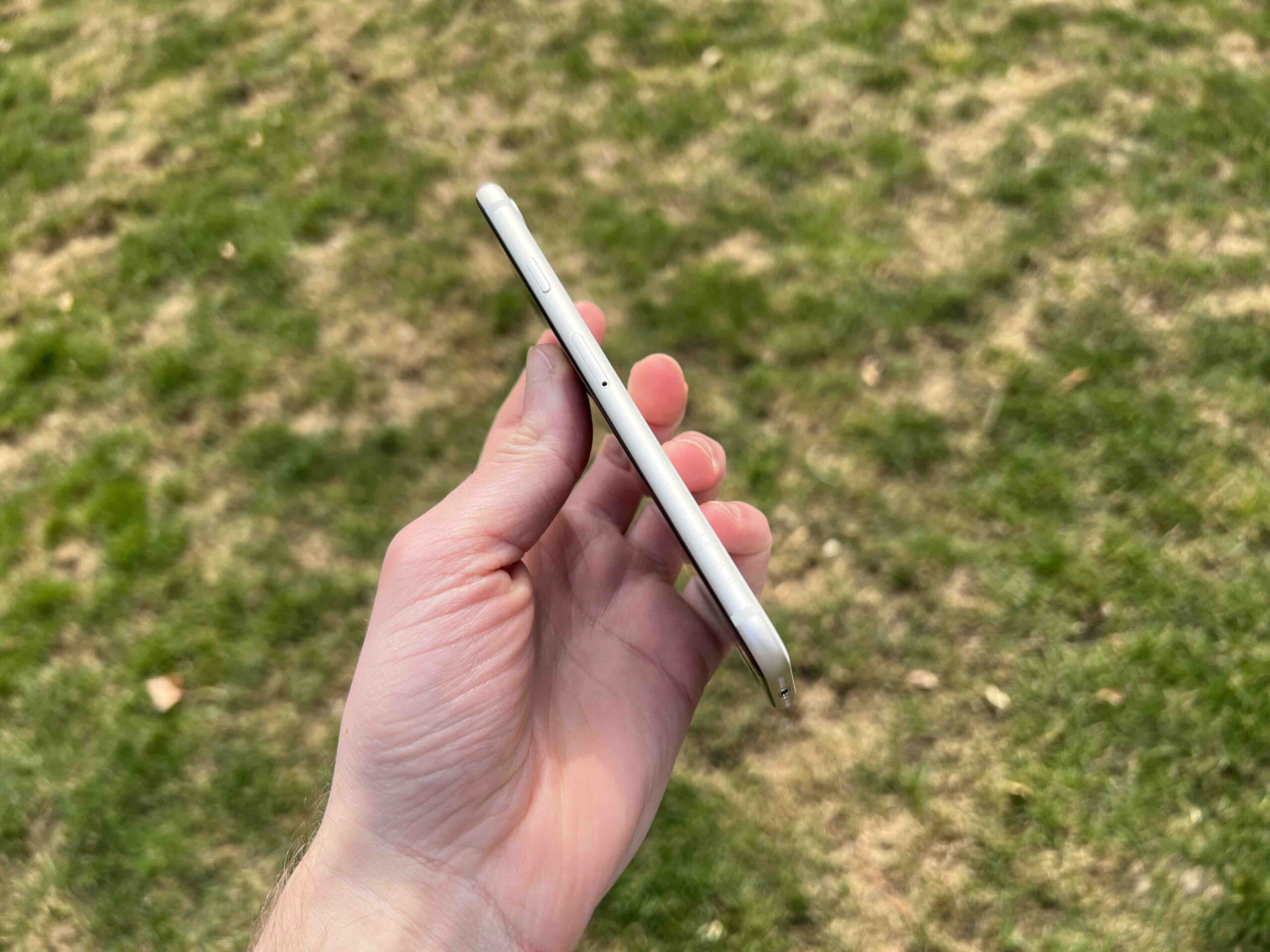
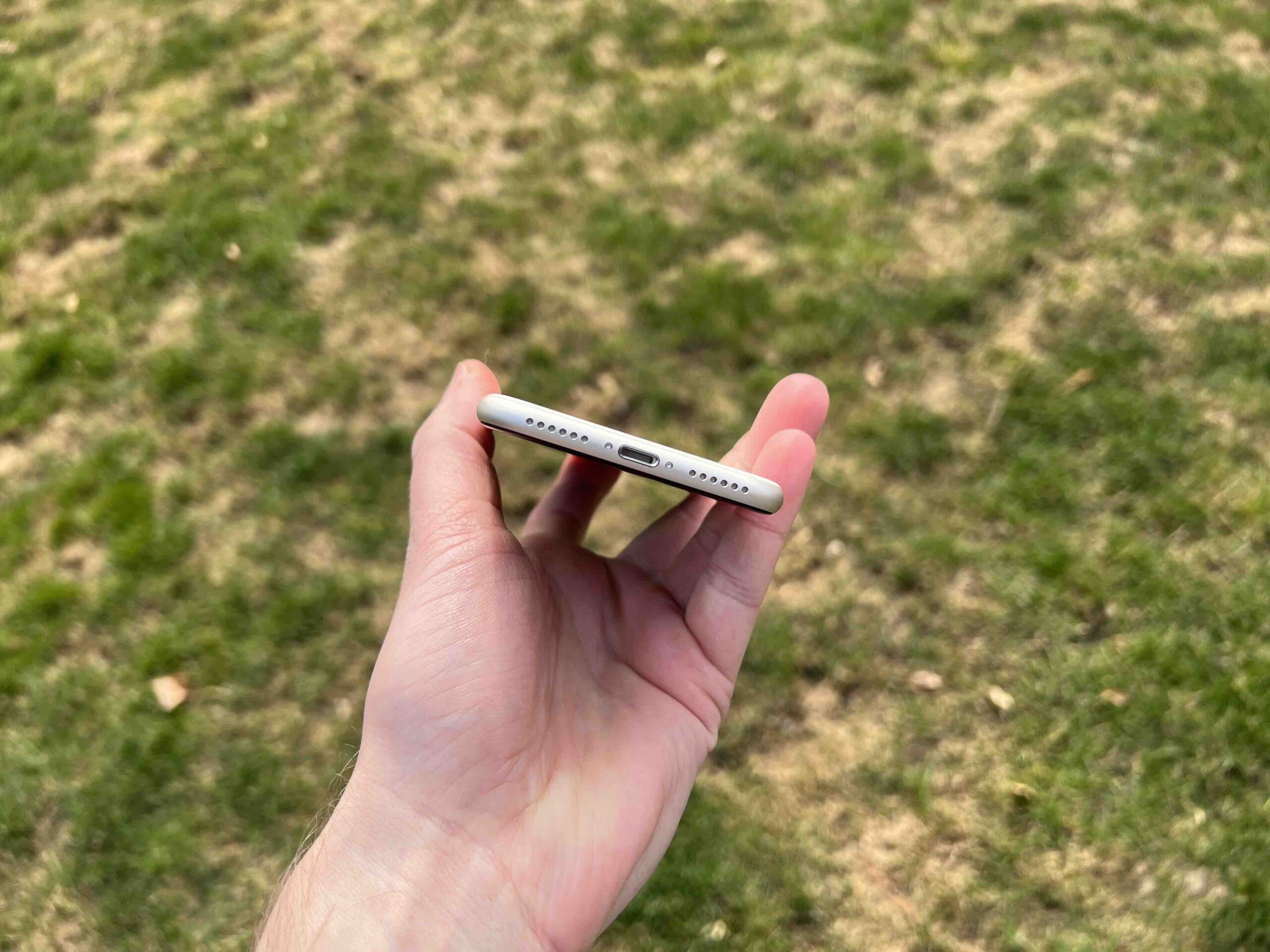
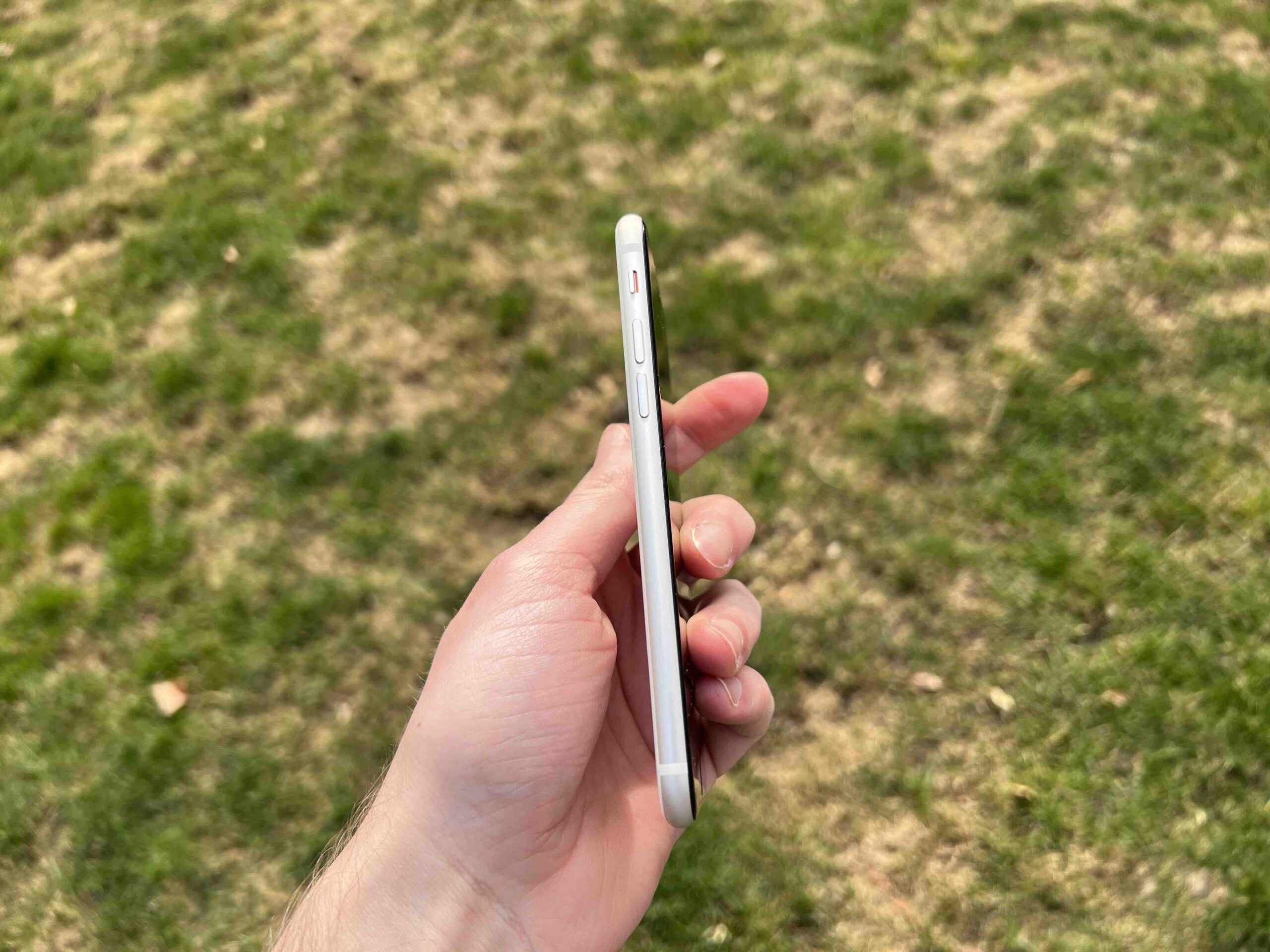
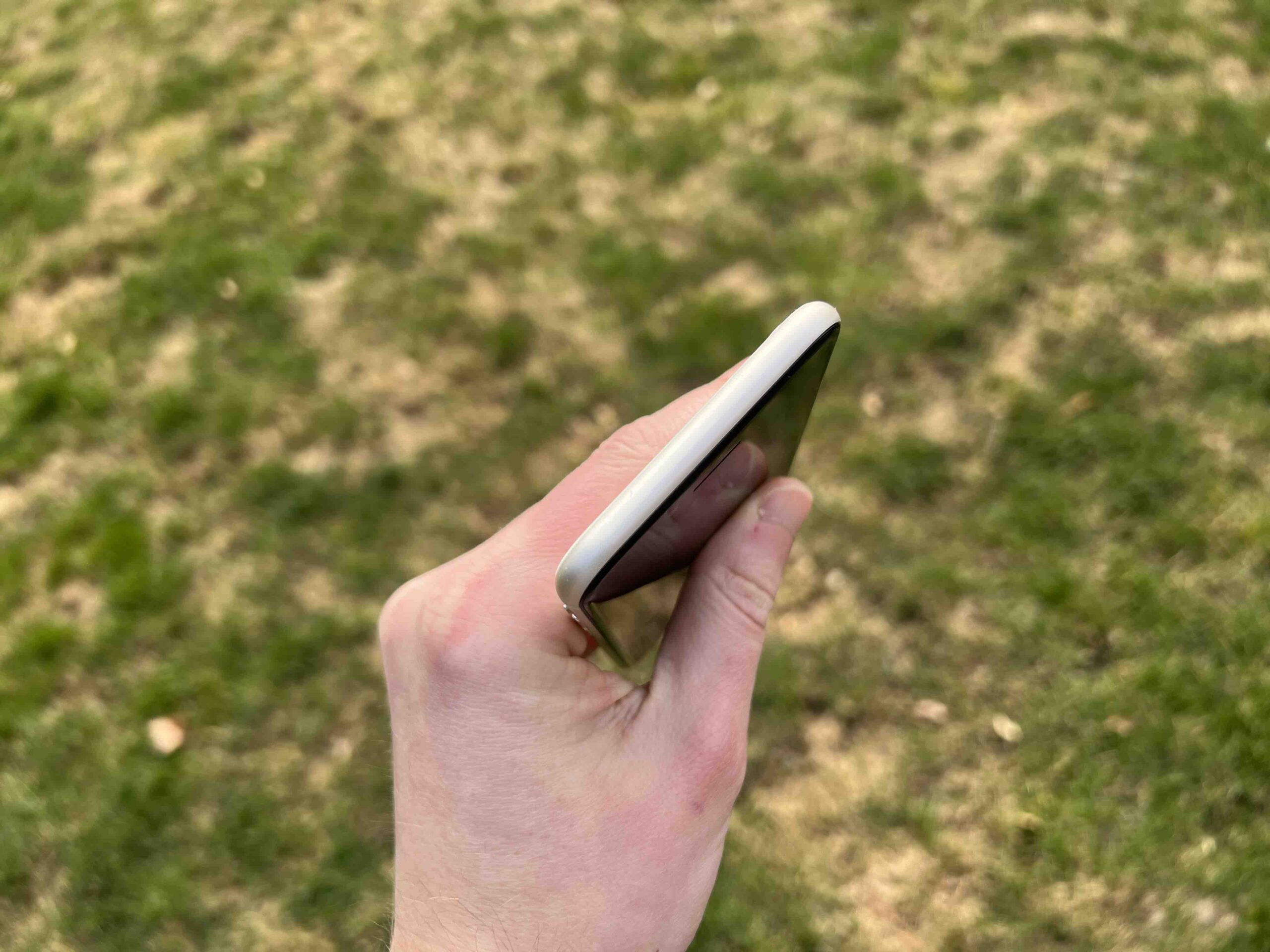
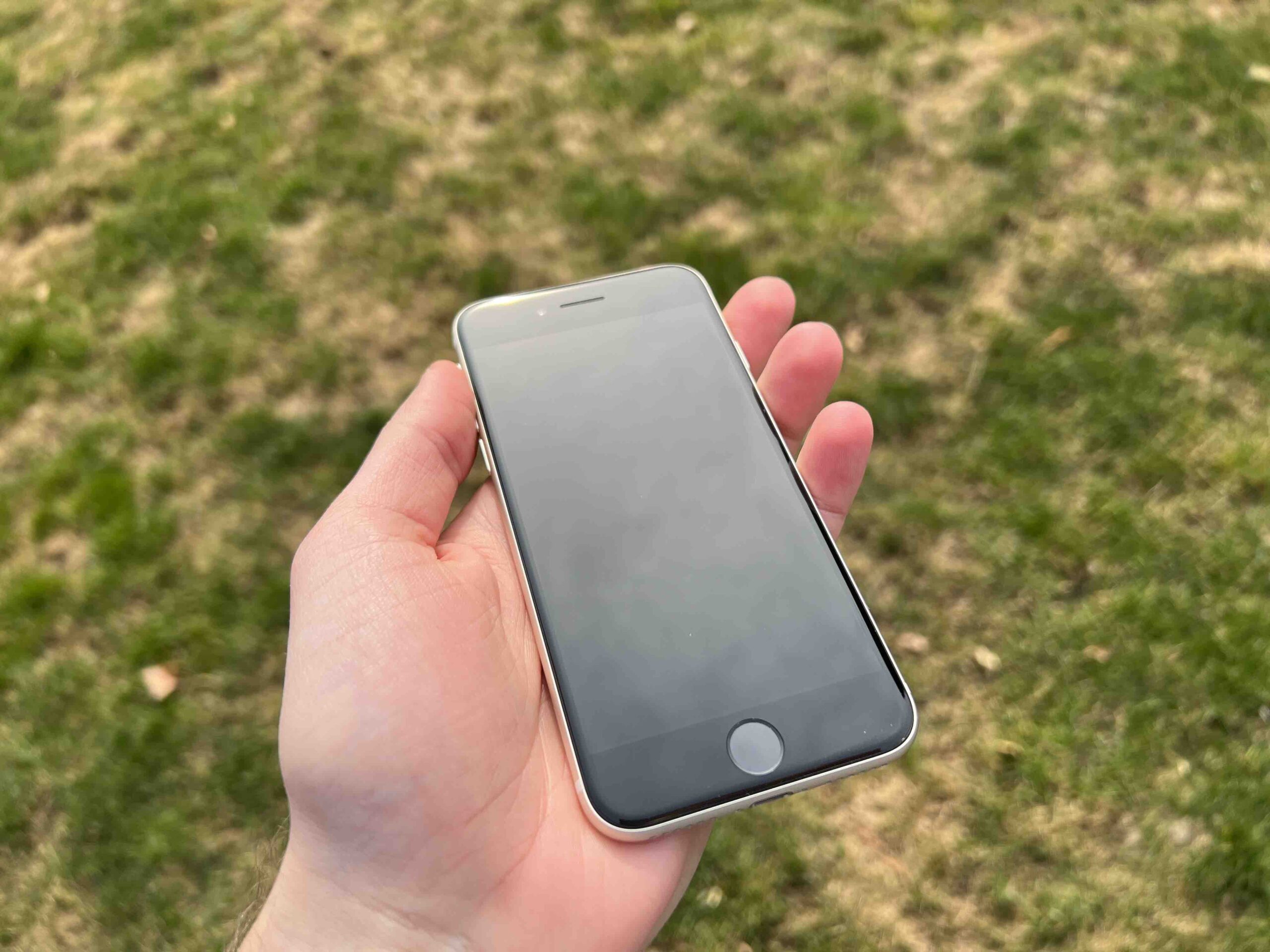
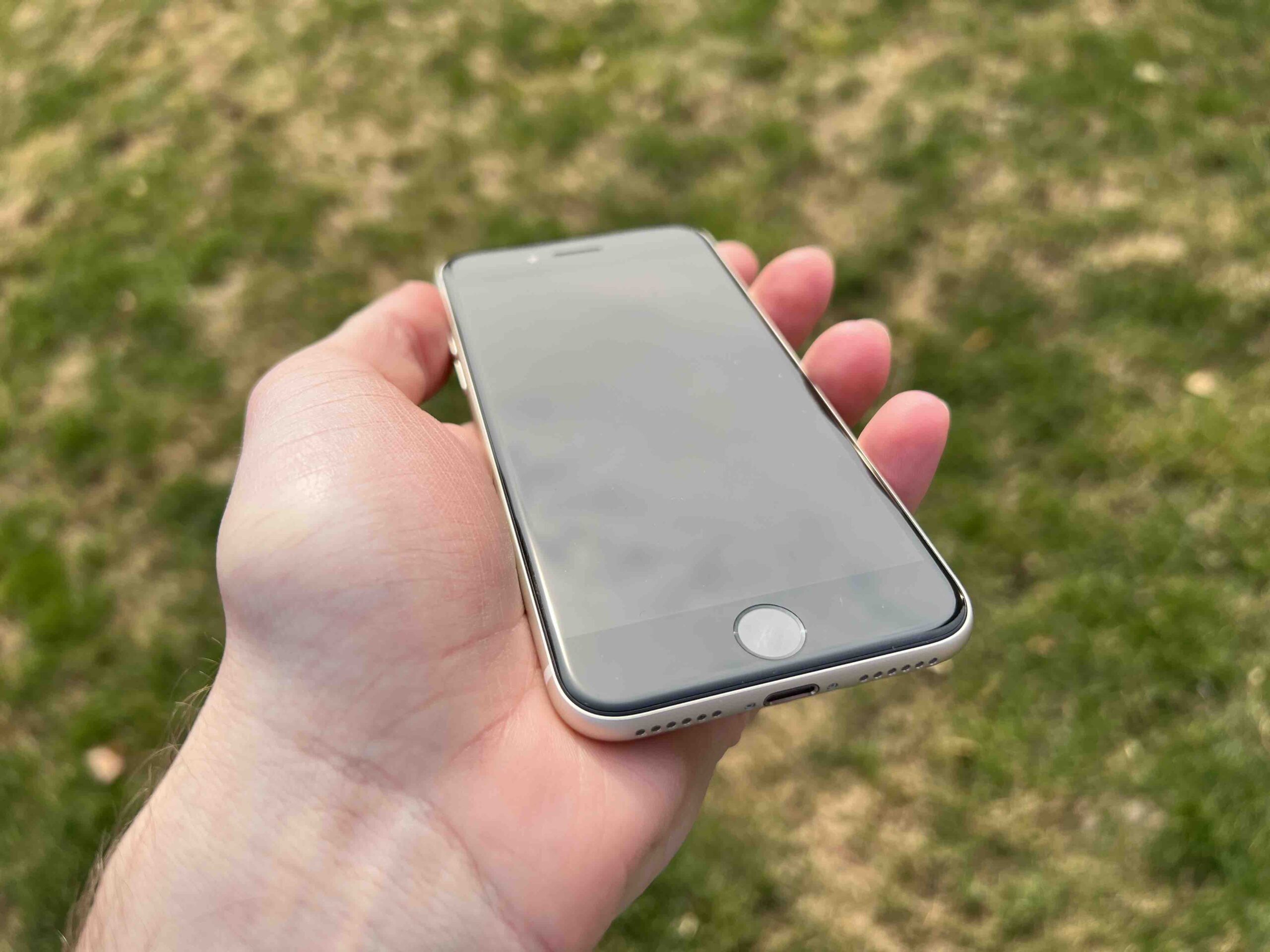
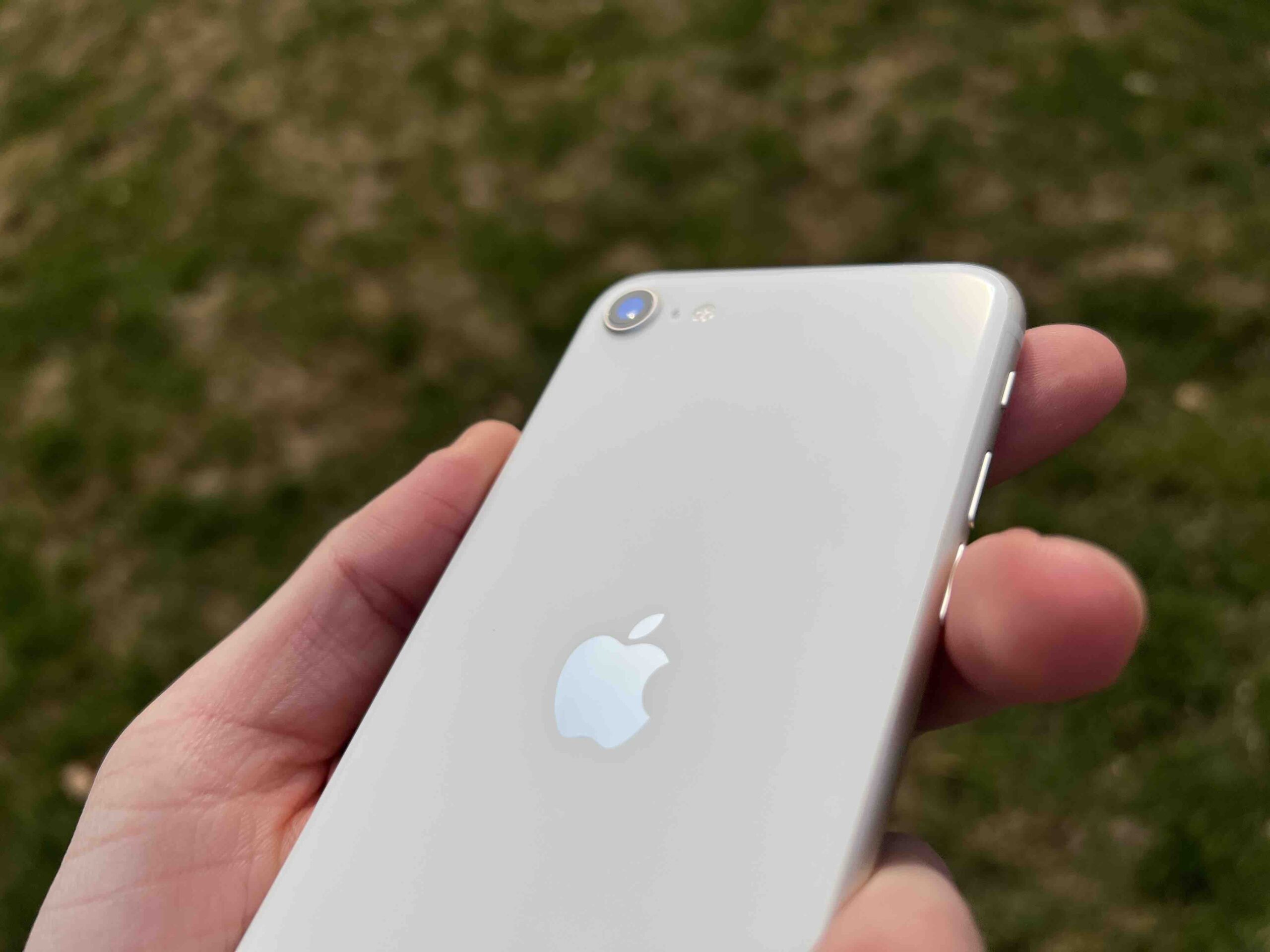
I think the iPhone SE is fine, the battery is not tragic, the performance is excellent of course, it takes pictures not for the photographer, but for the user, and that is enough for the target, the display does not burn the eyes by any chance, processing for 1. The only drawback is the wide frames, just this like XR and it's a hit, maybe offer 64GB for the price of 128GB and give the 64 a little lower, in the end in my opinion it would be so popular that the slight discount would be worth it.
Considering that the 14 plus sells even worse than the 13 mini, it makes no sense to make an intermediate version yet. The Mini had the advantage of not having much competition. Plus has more than enough competitors even in its own stable.
SE is a question of what the next version will be, and not much preliminary info.